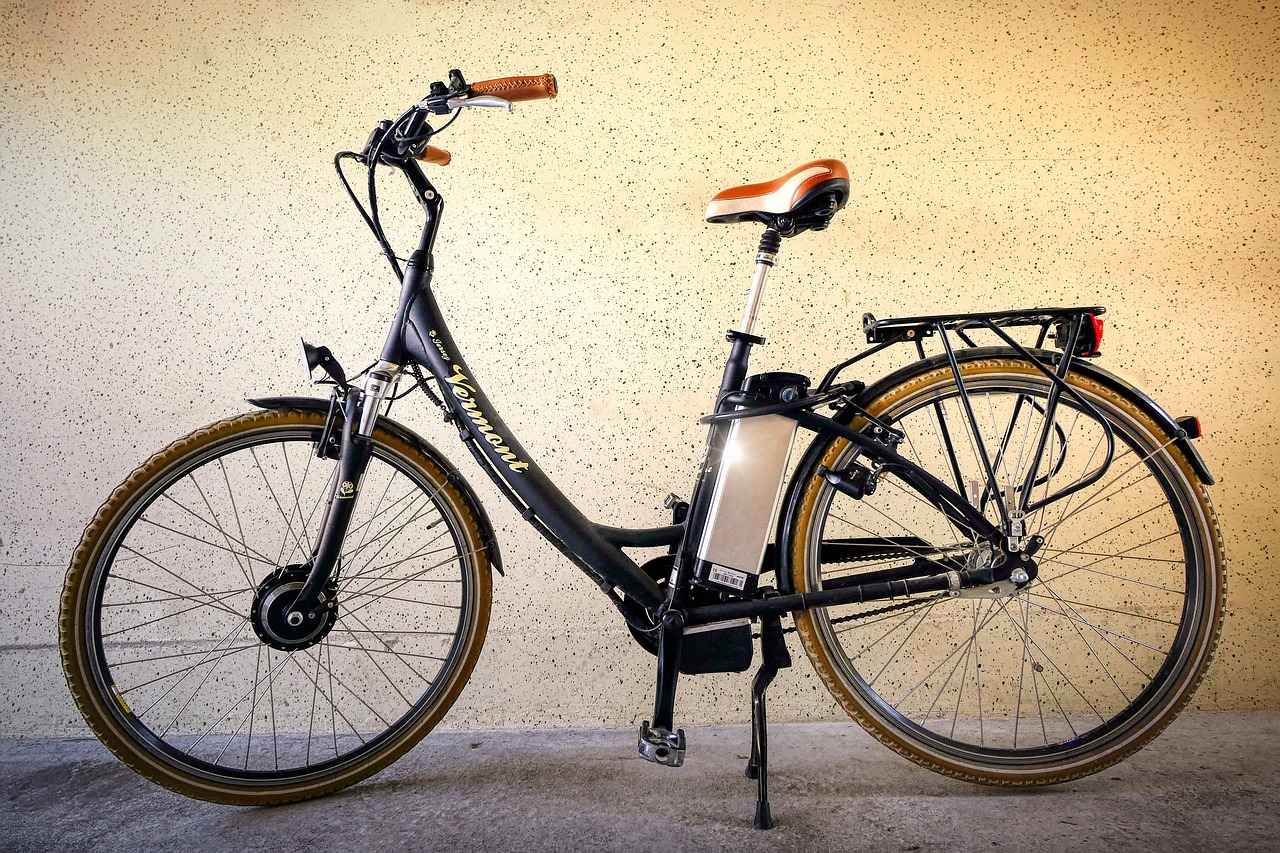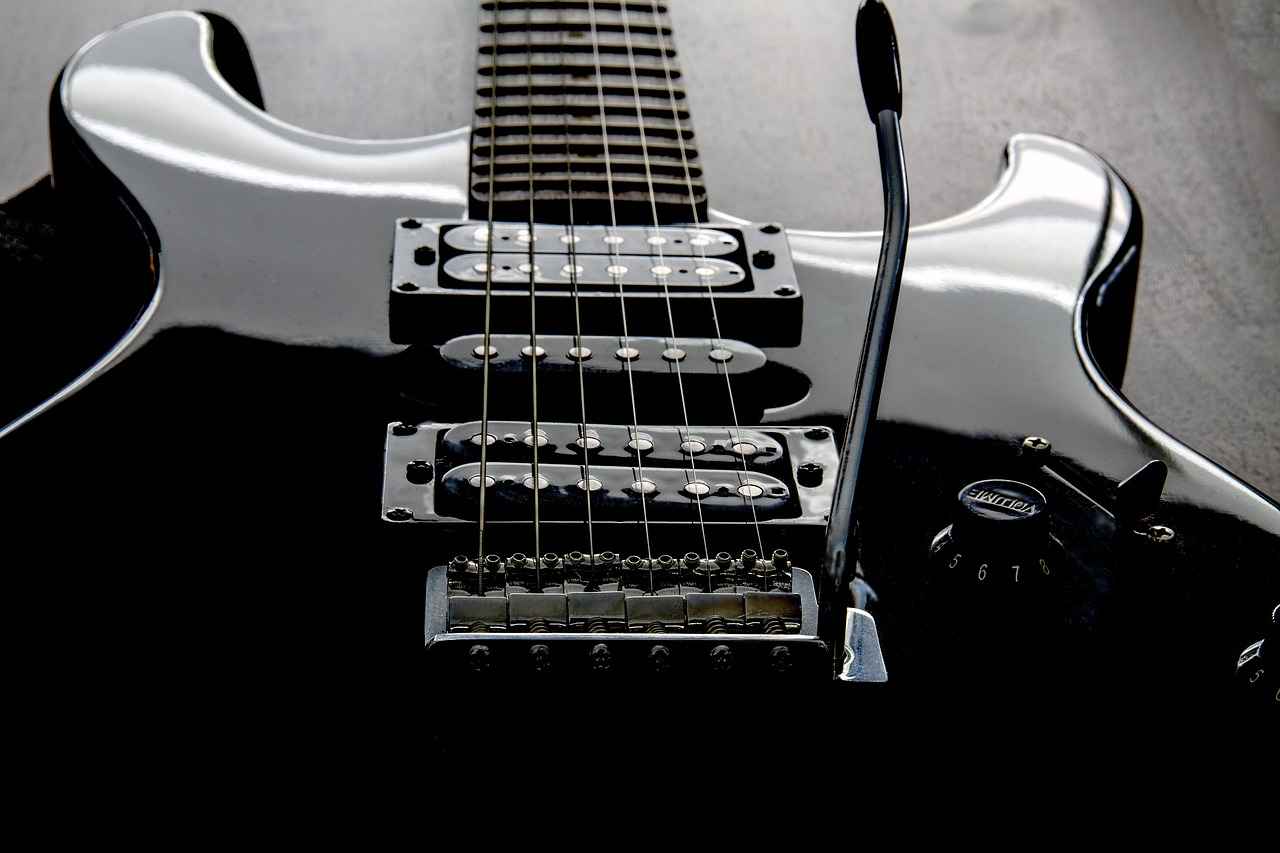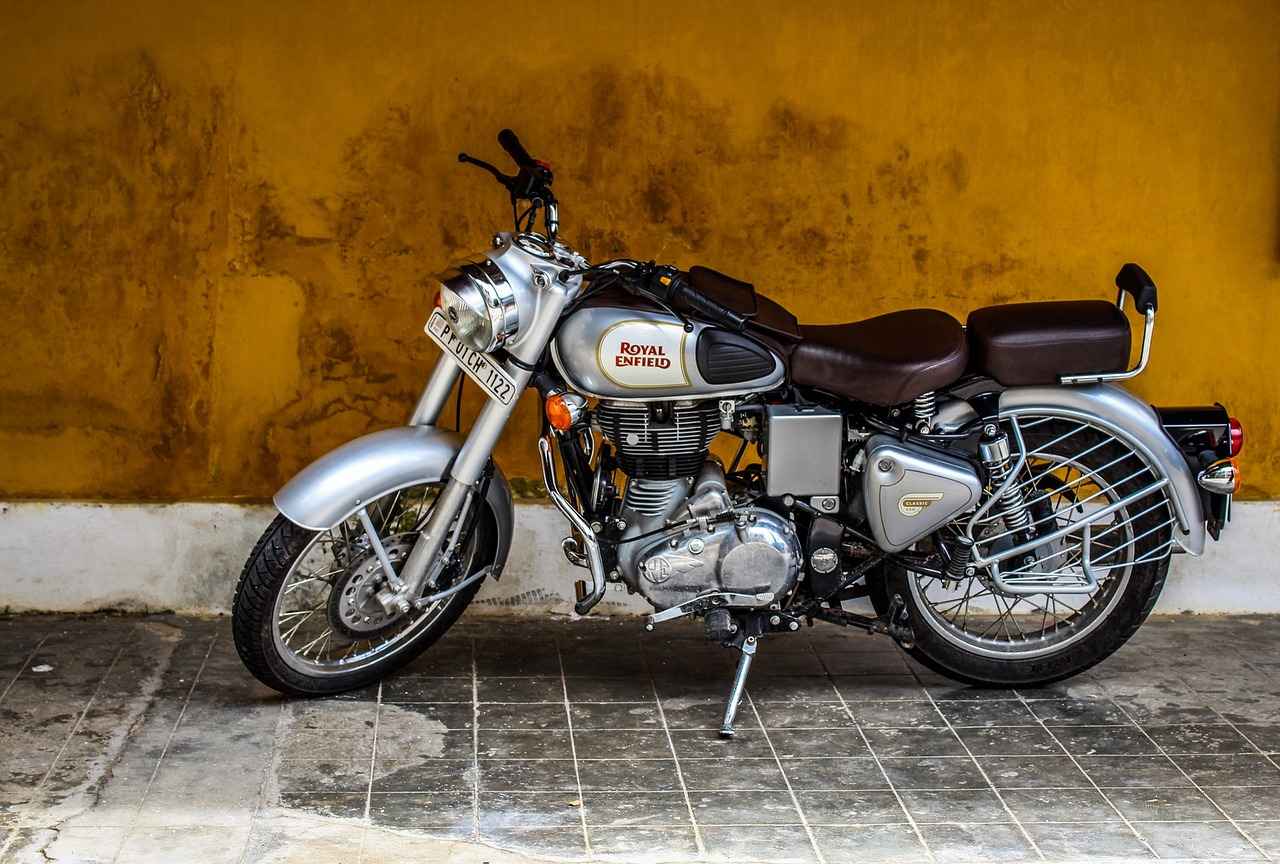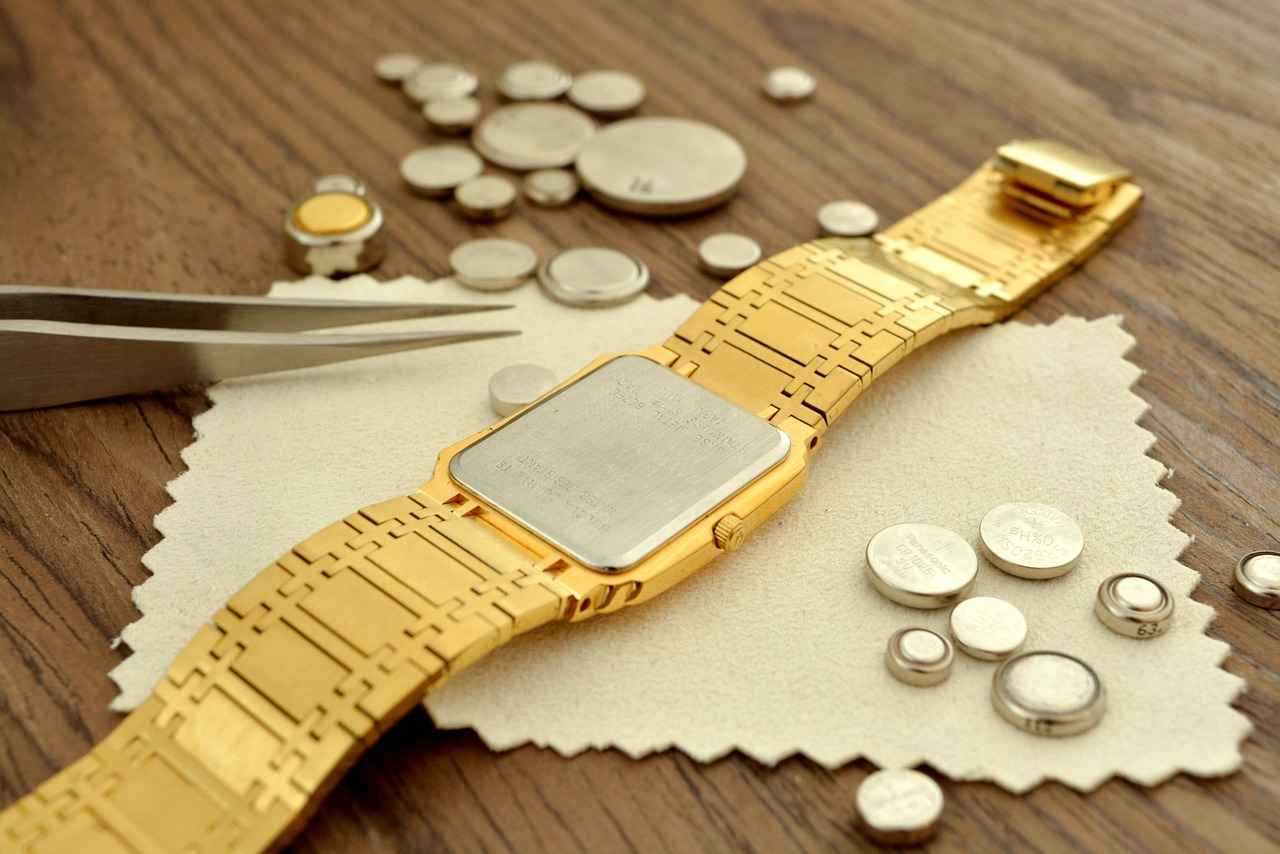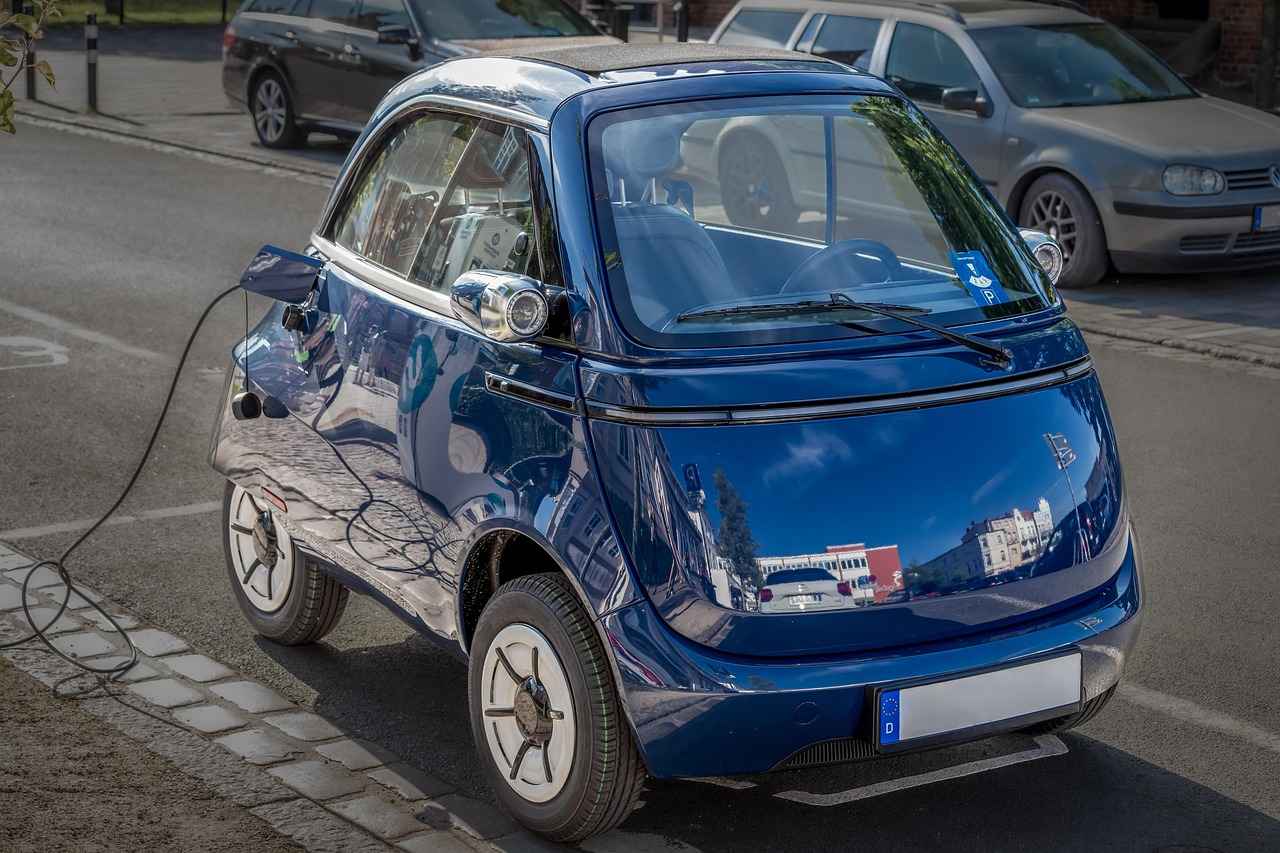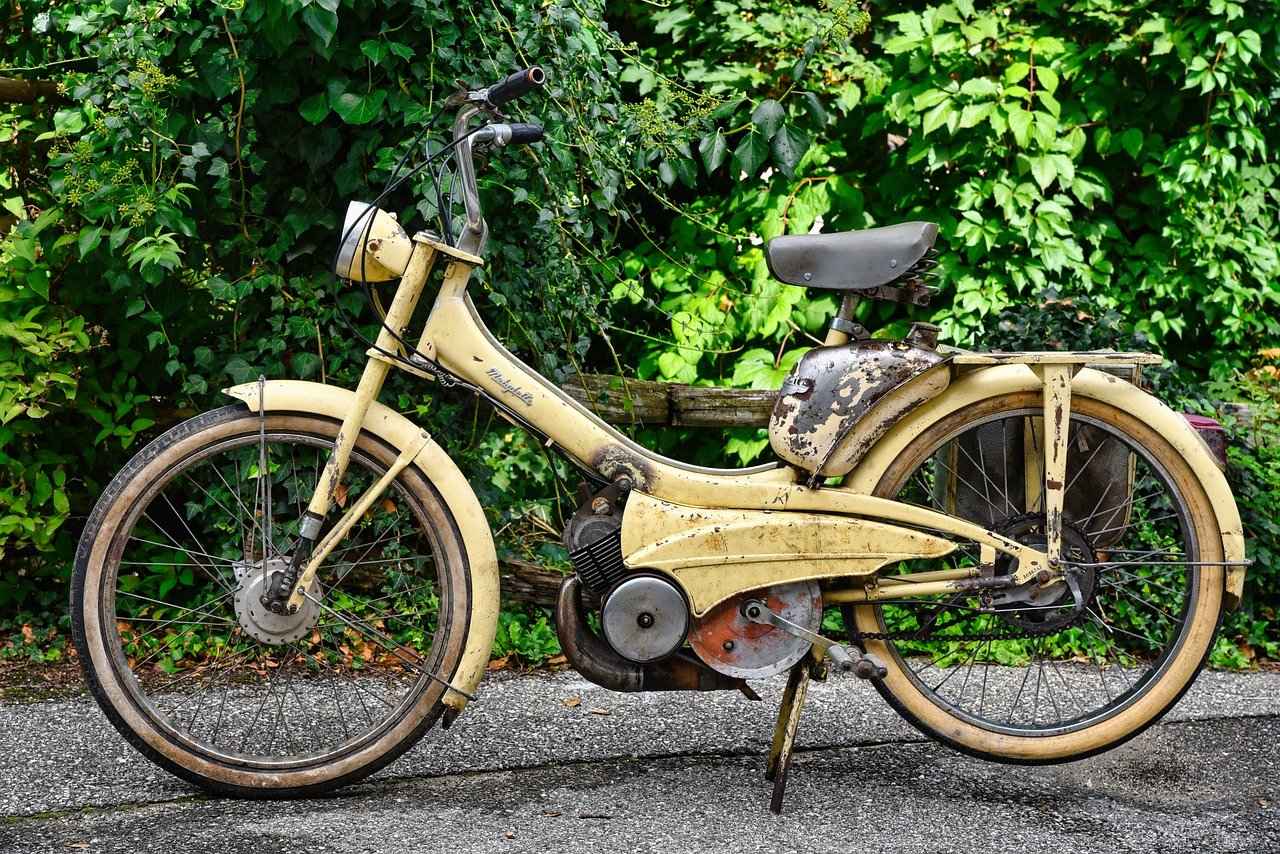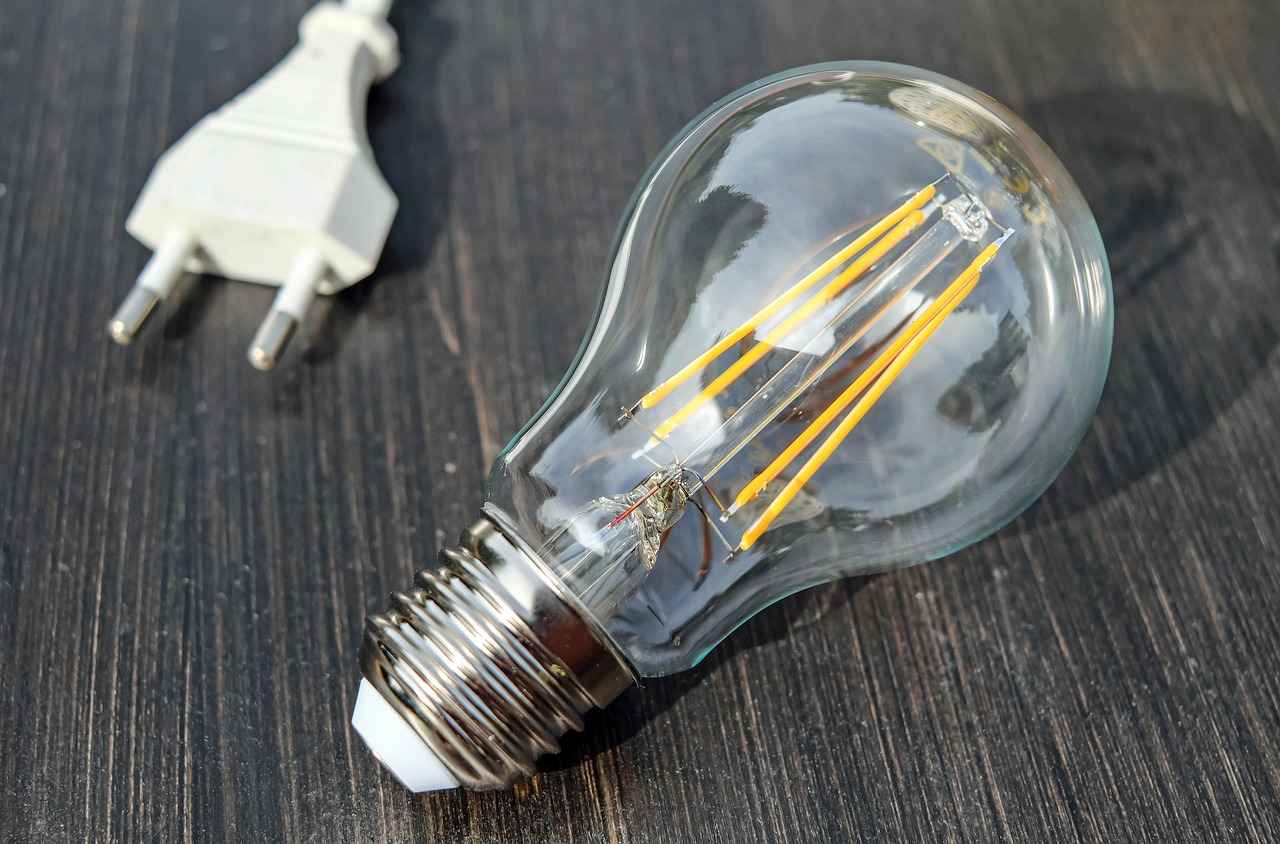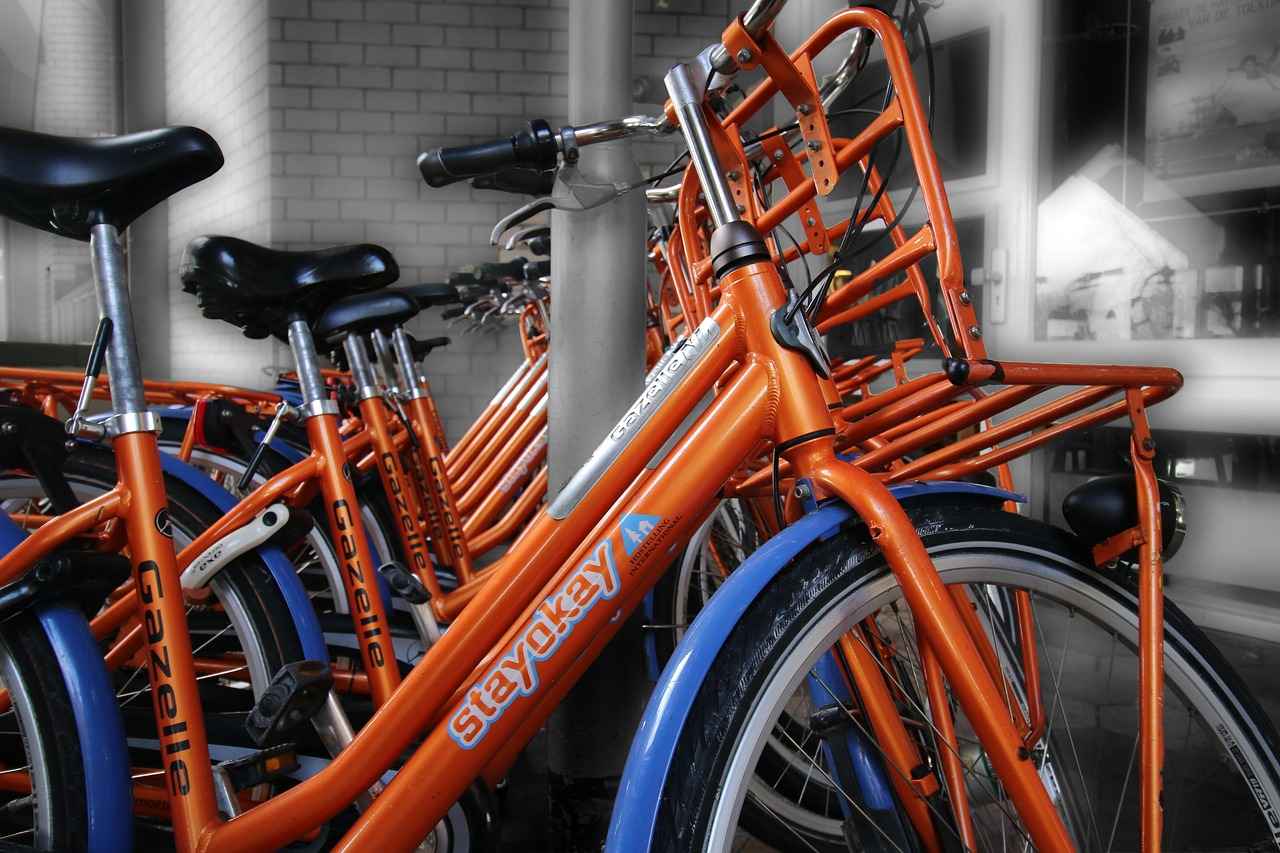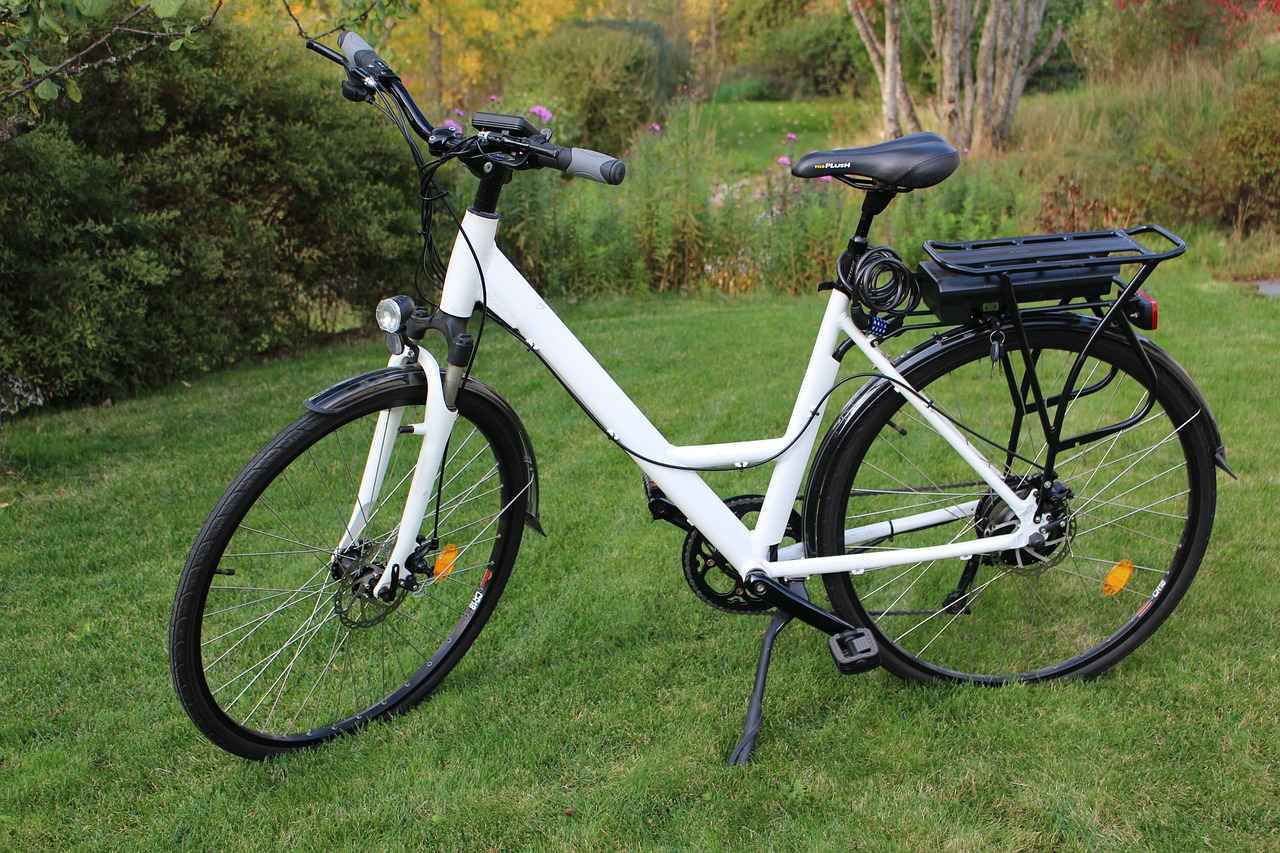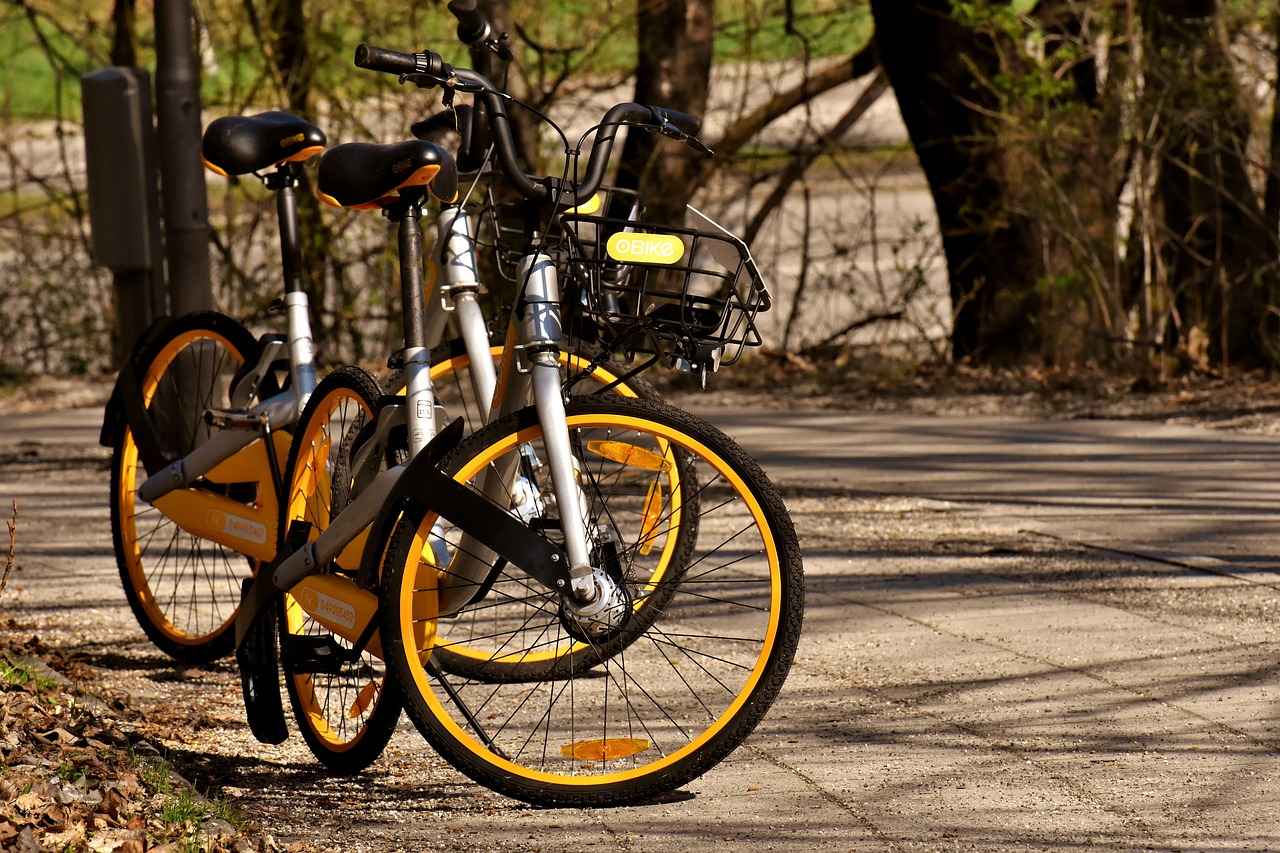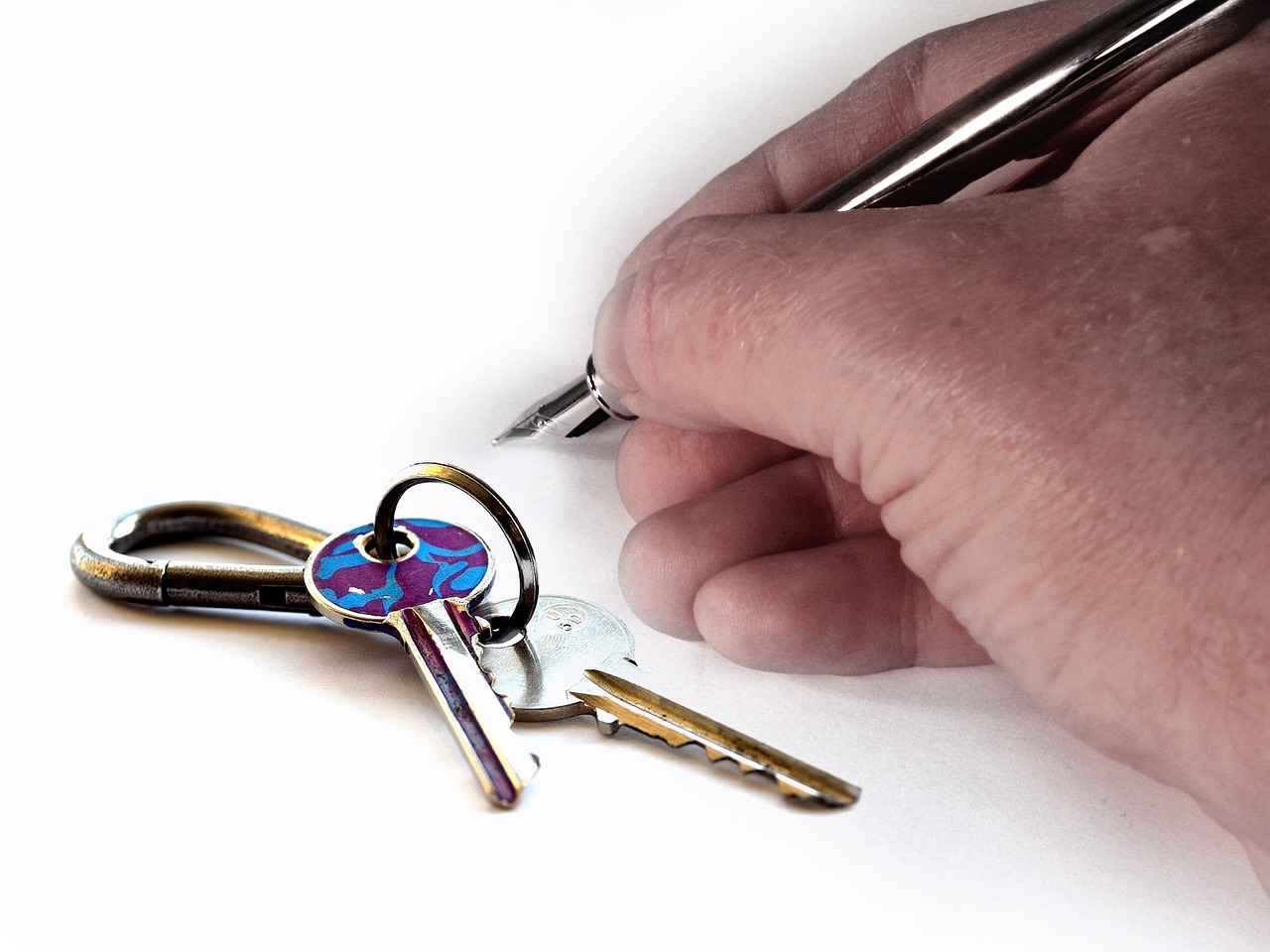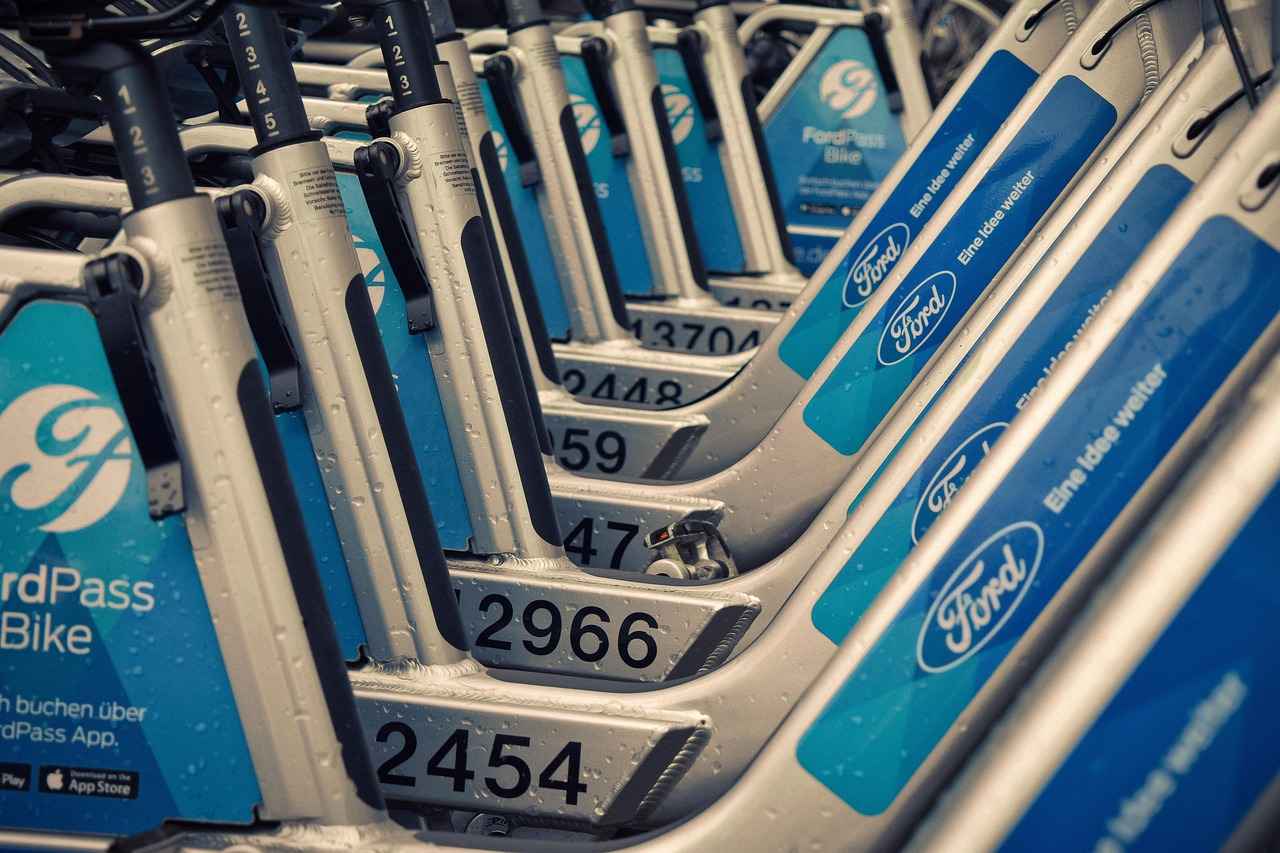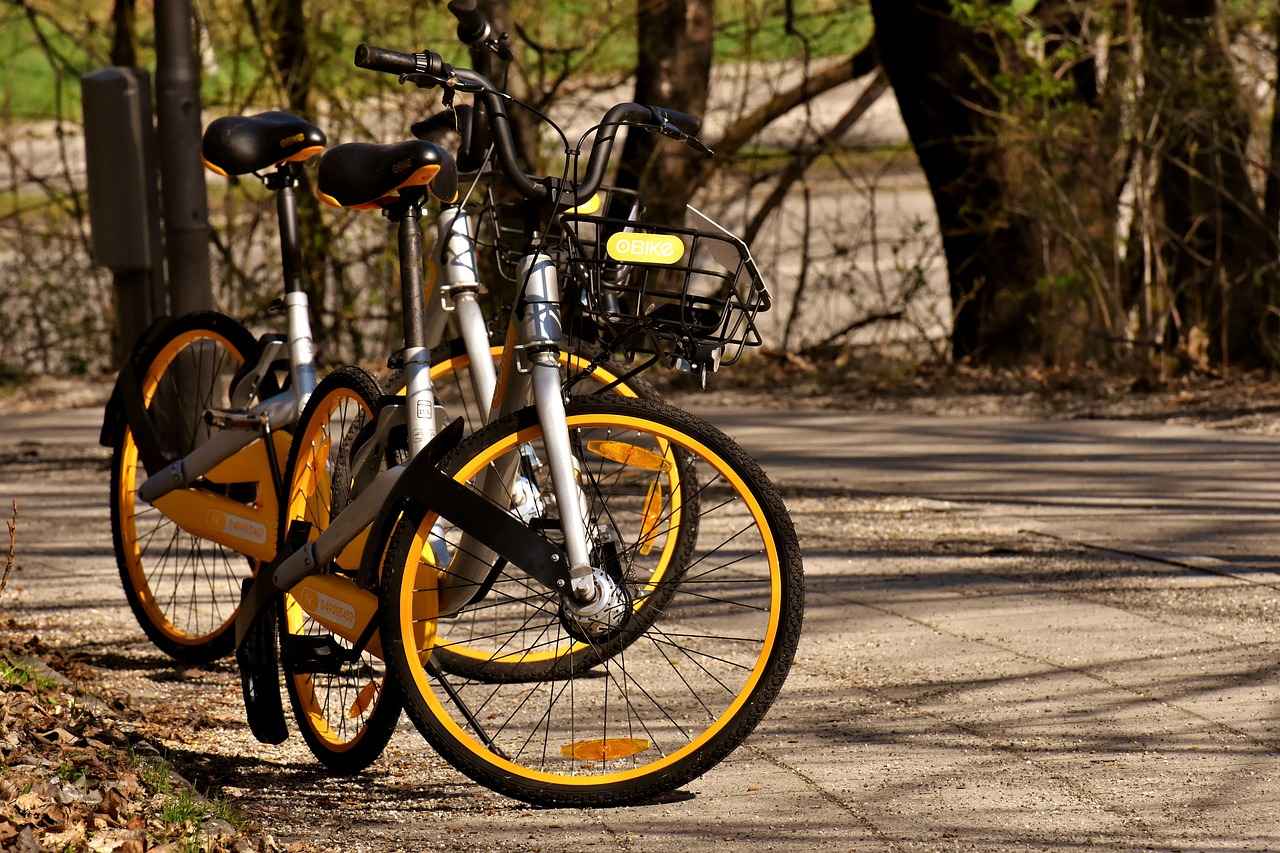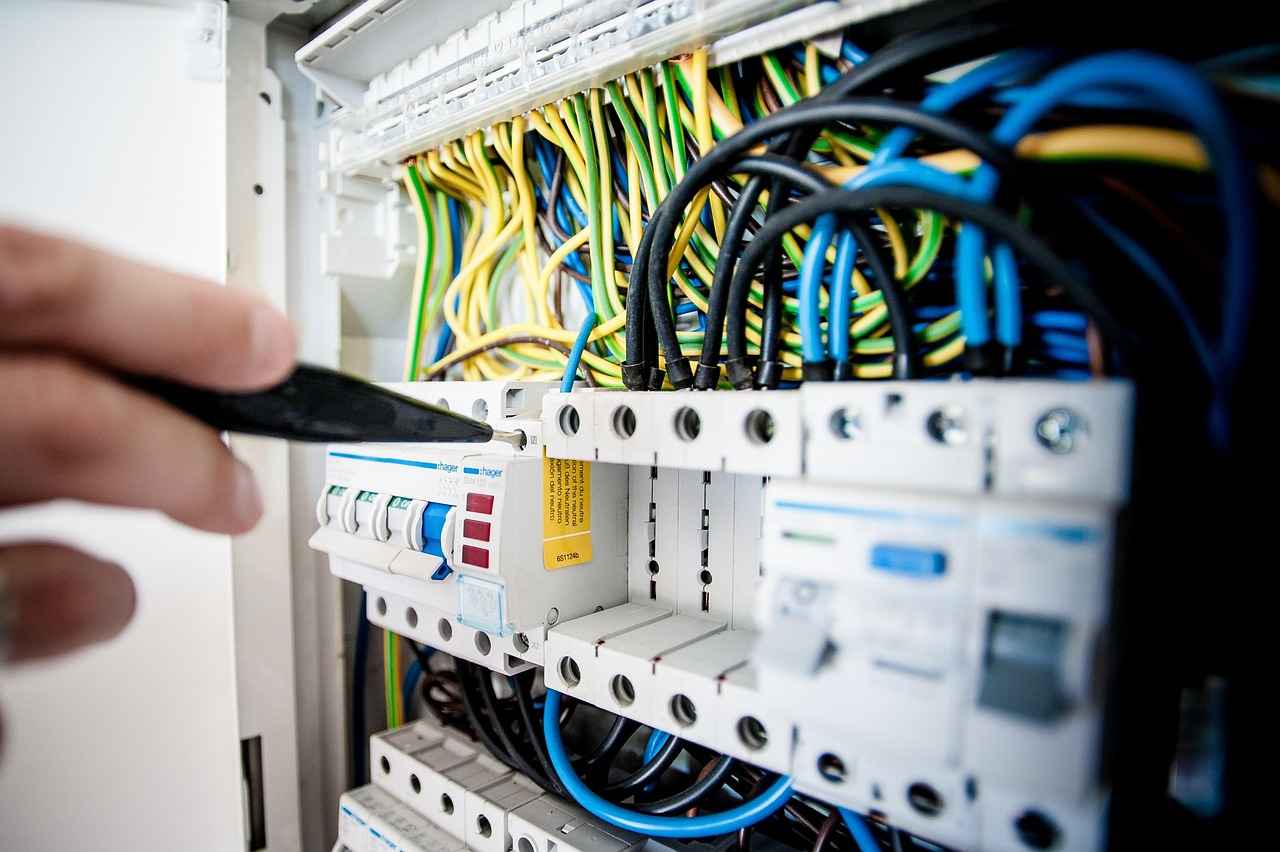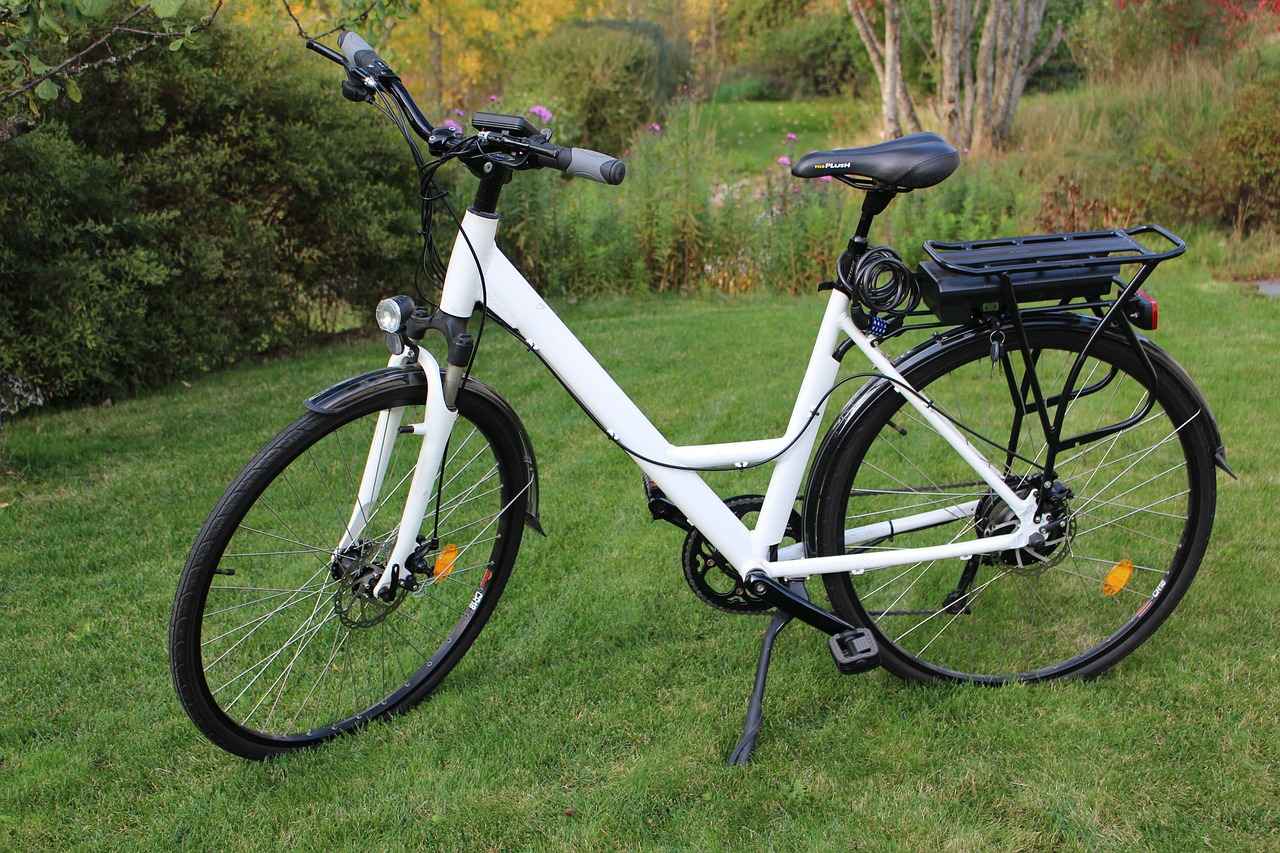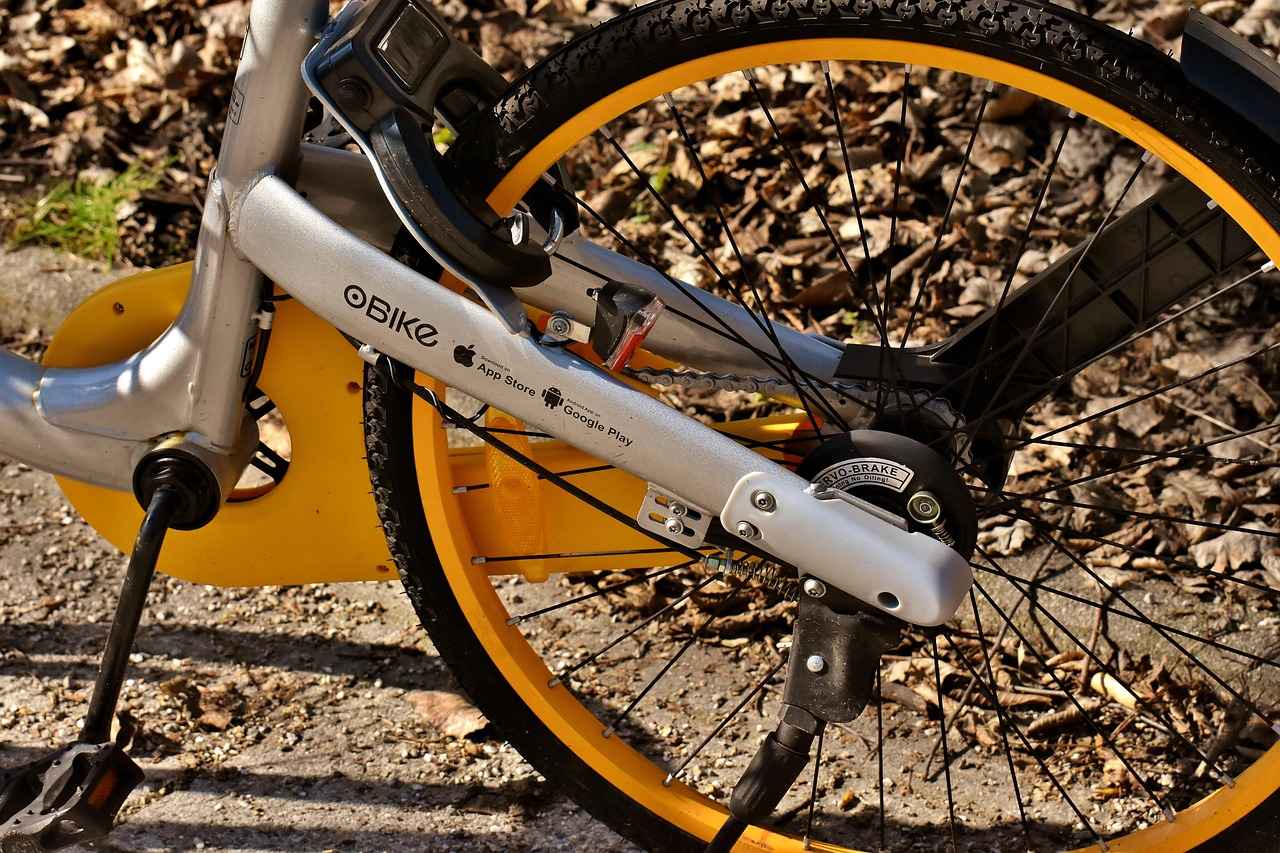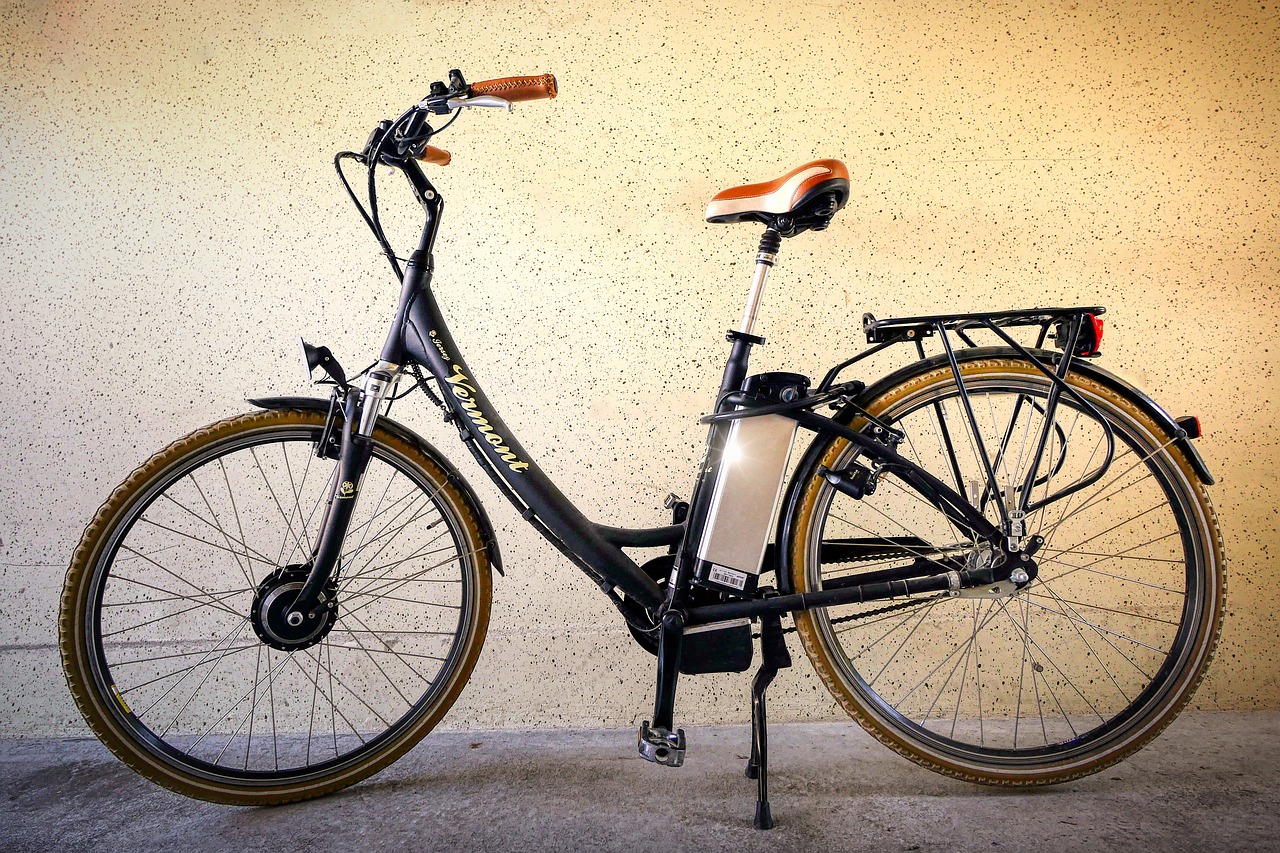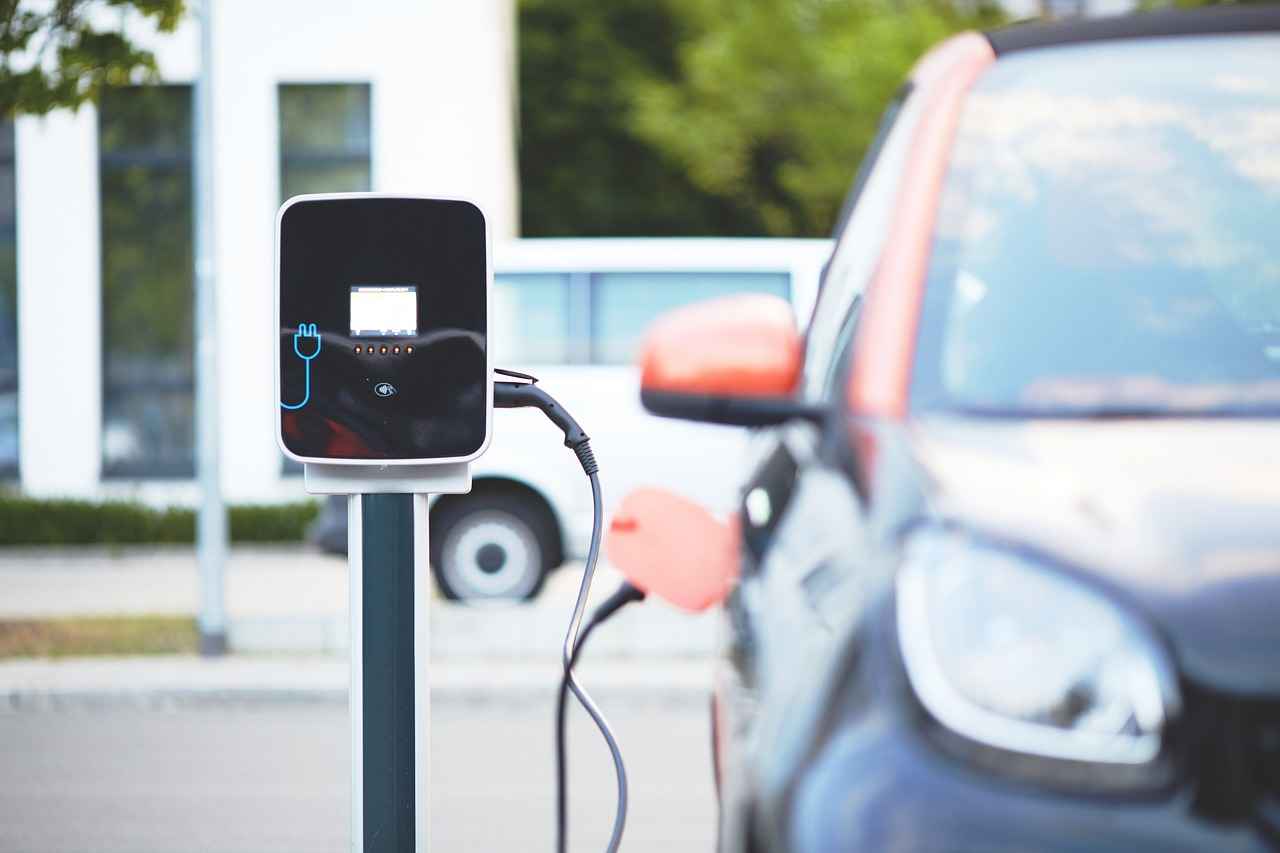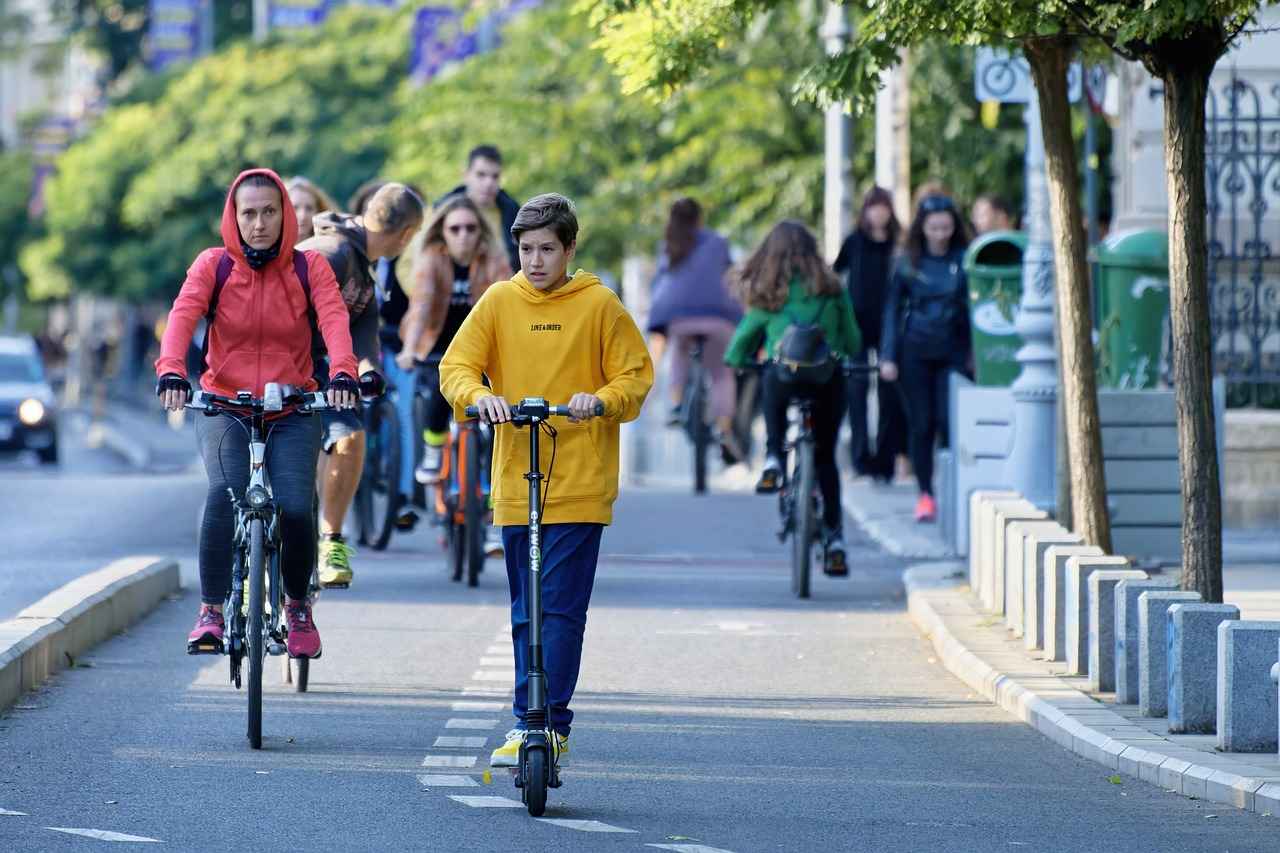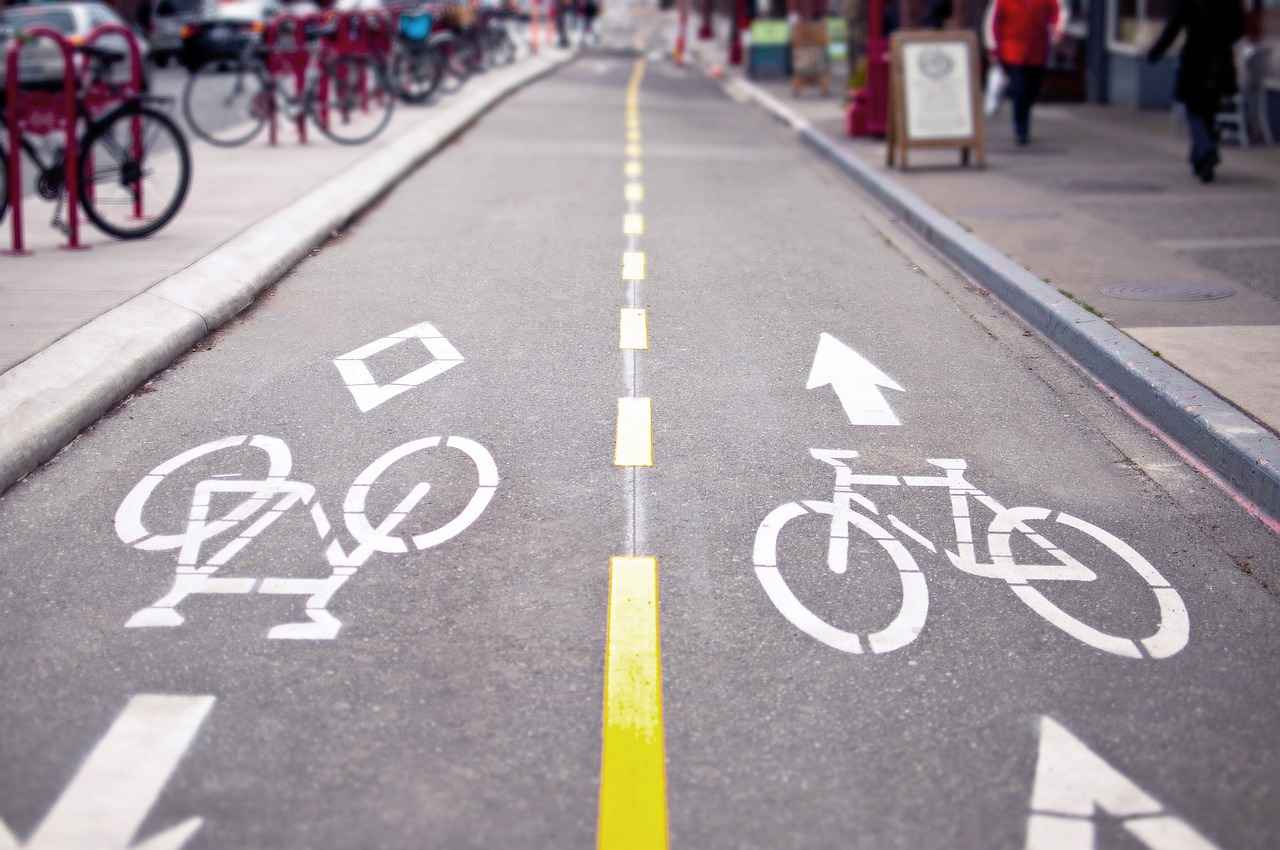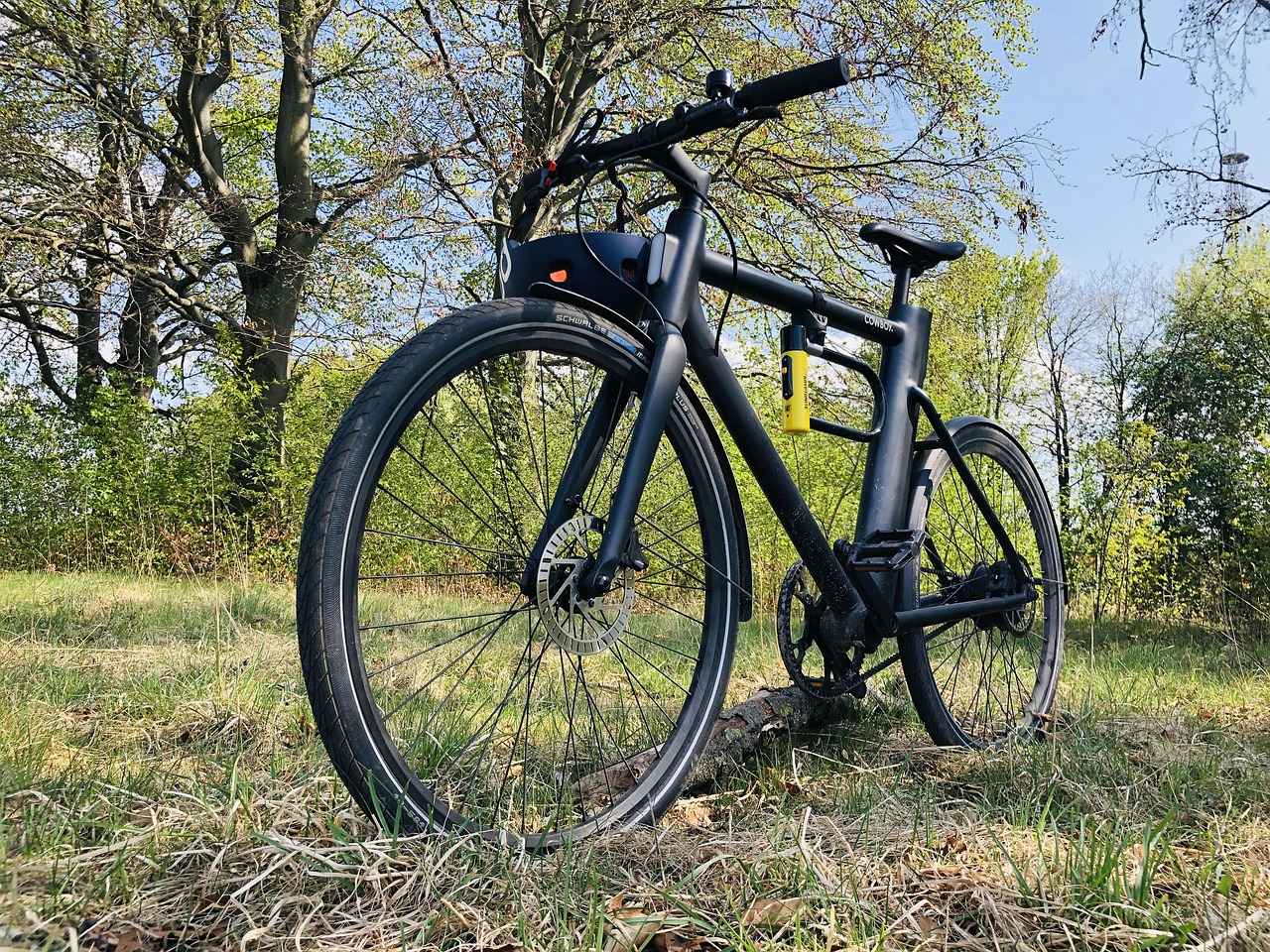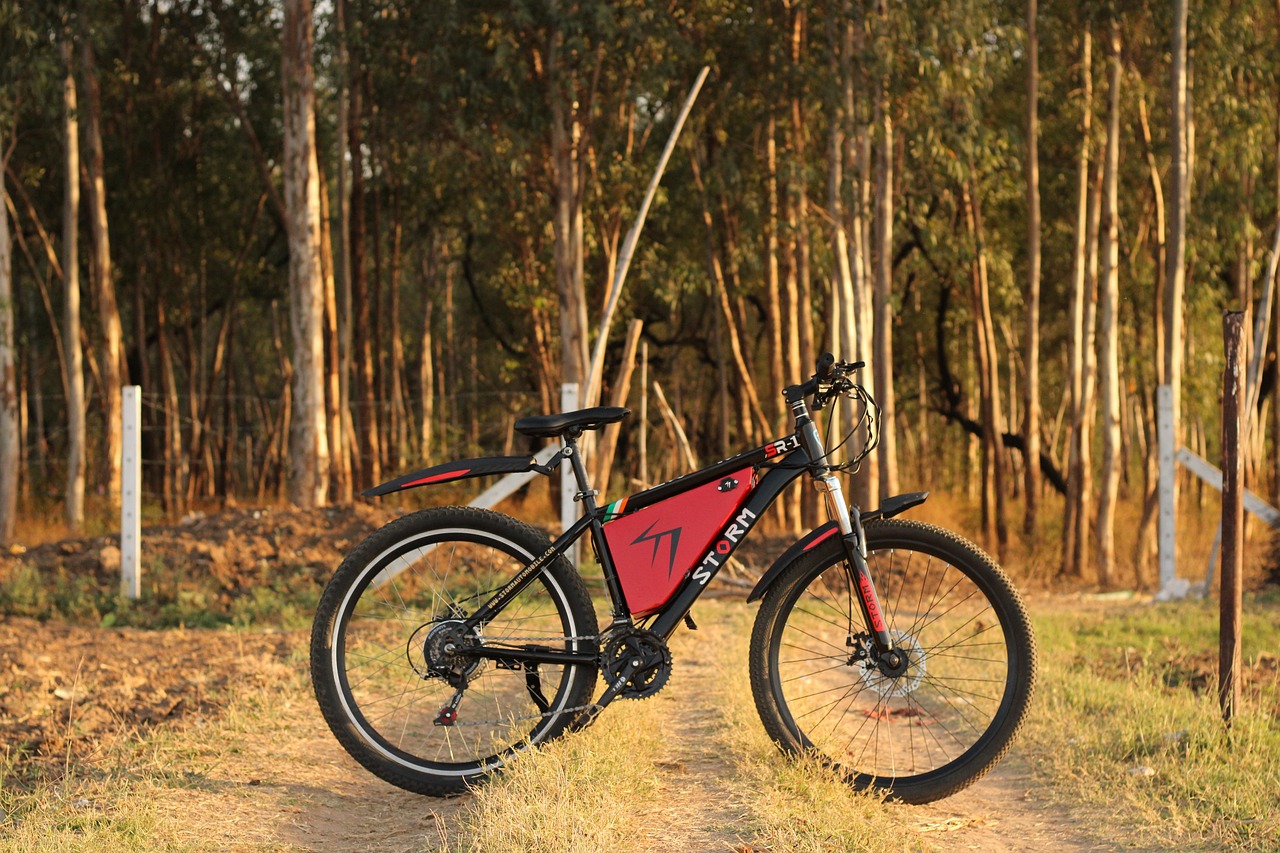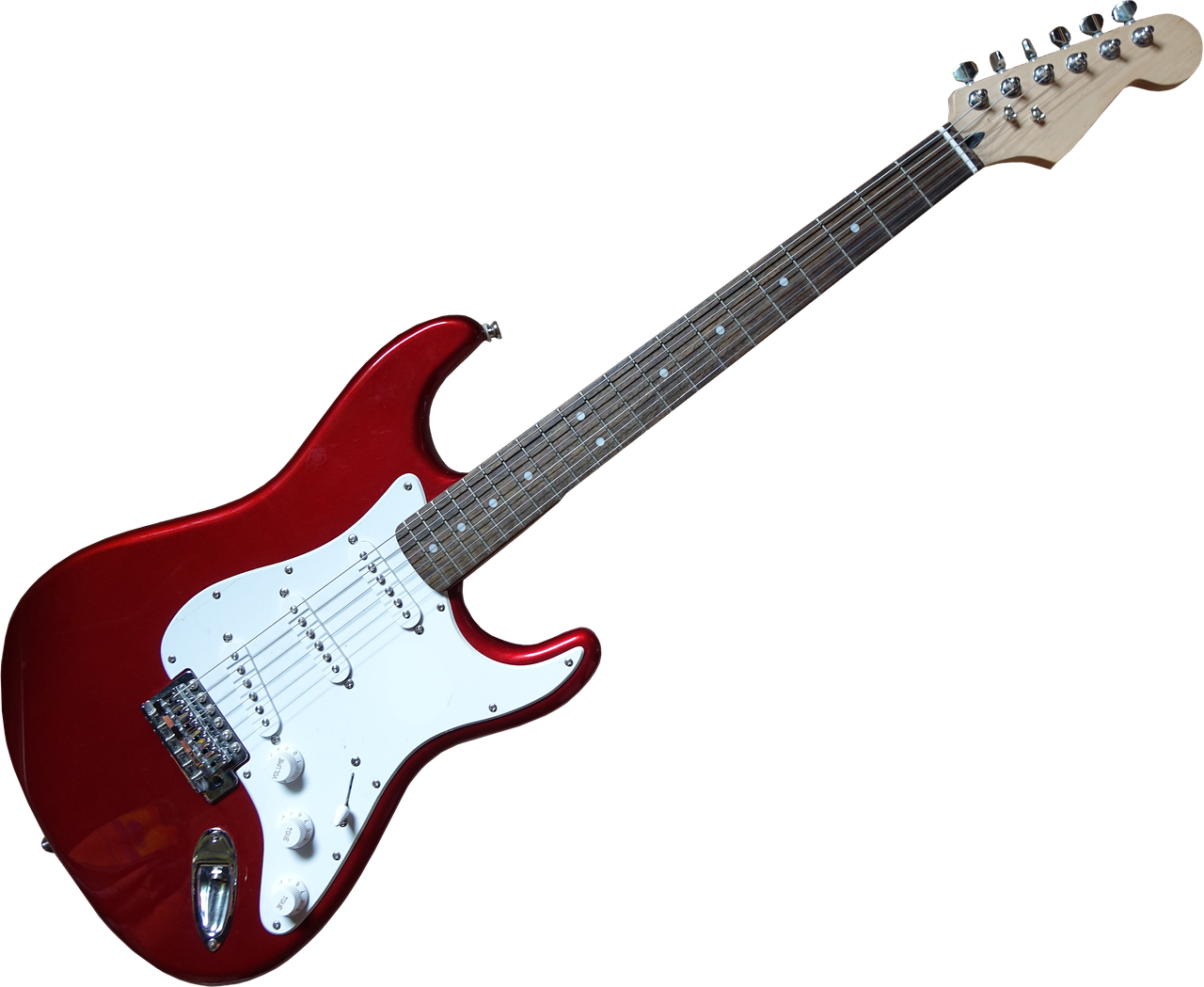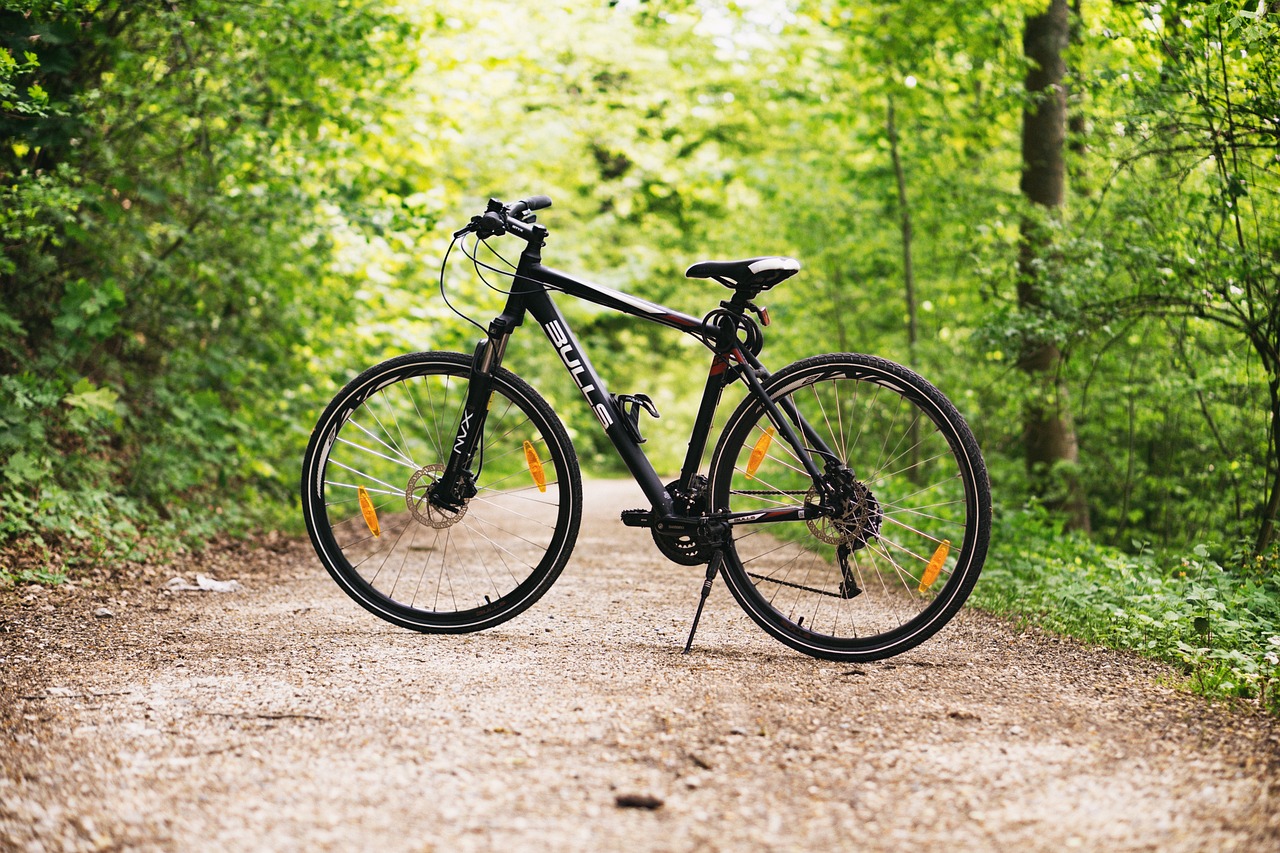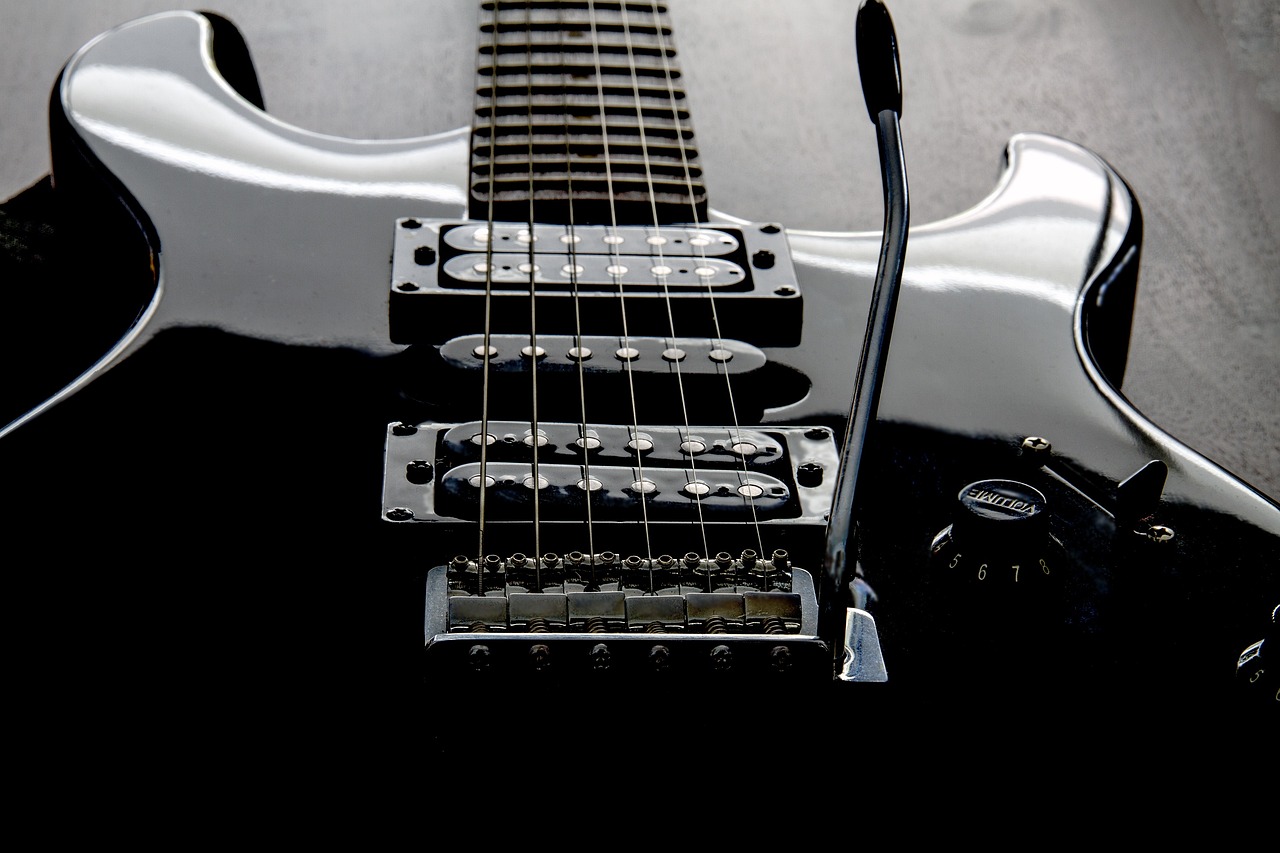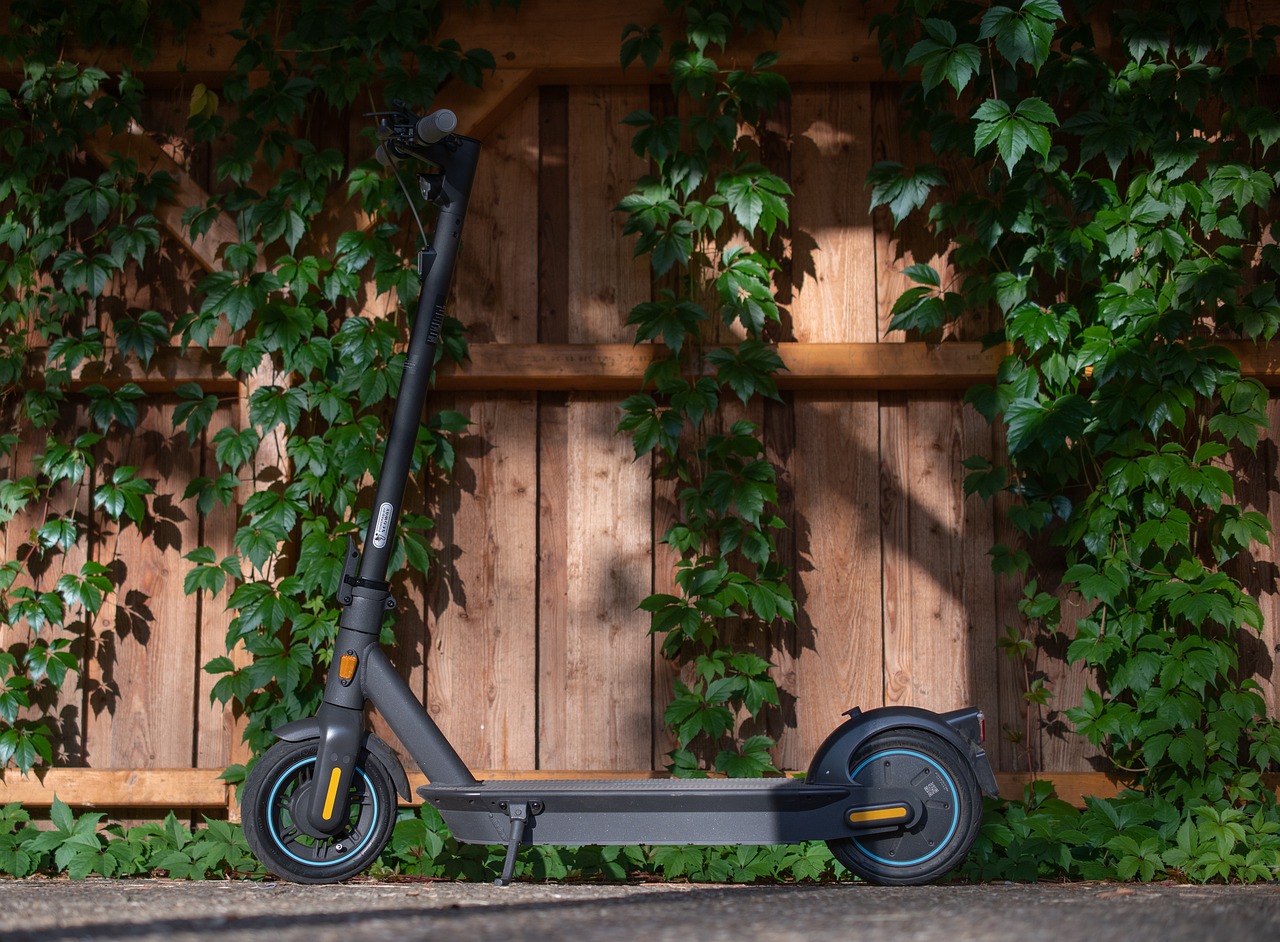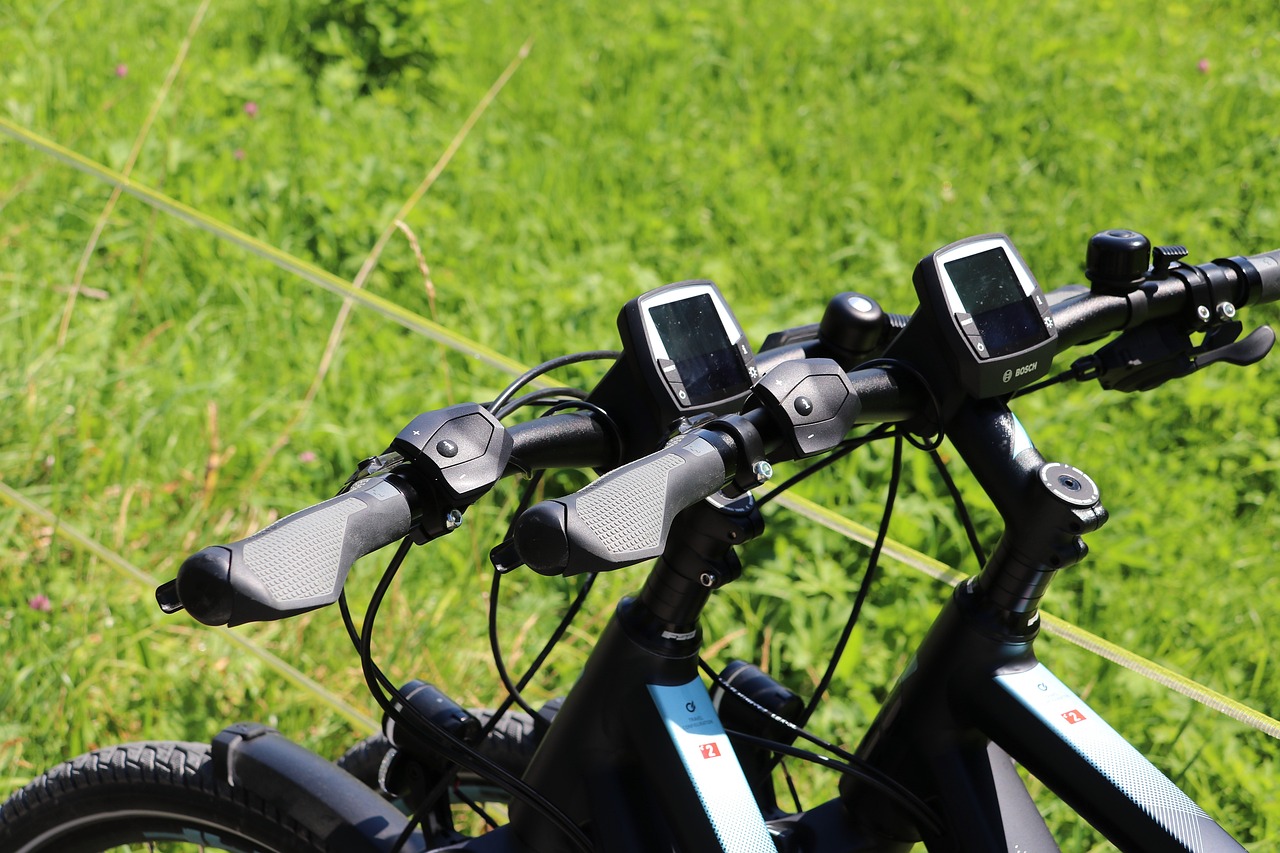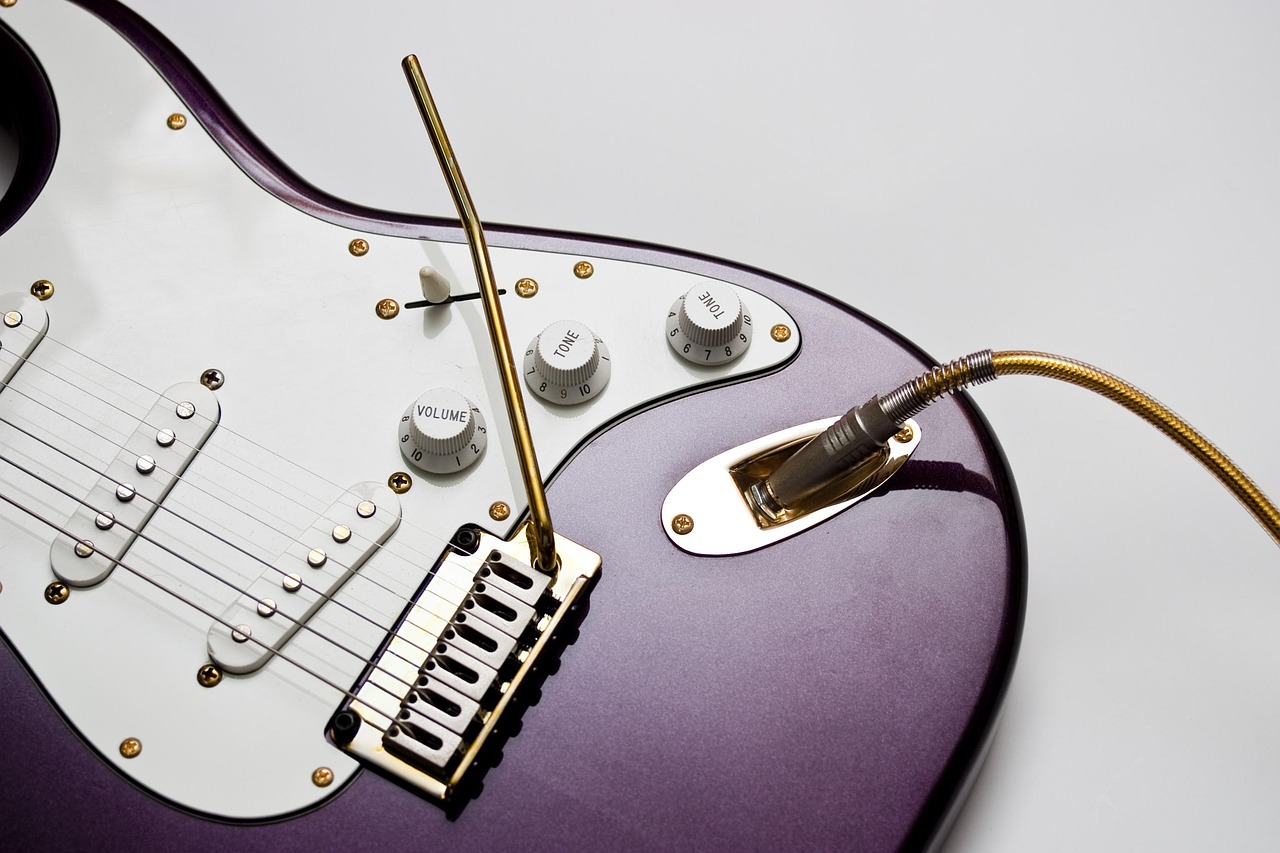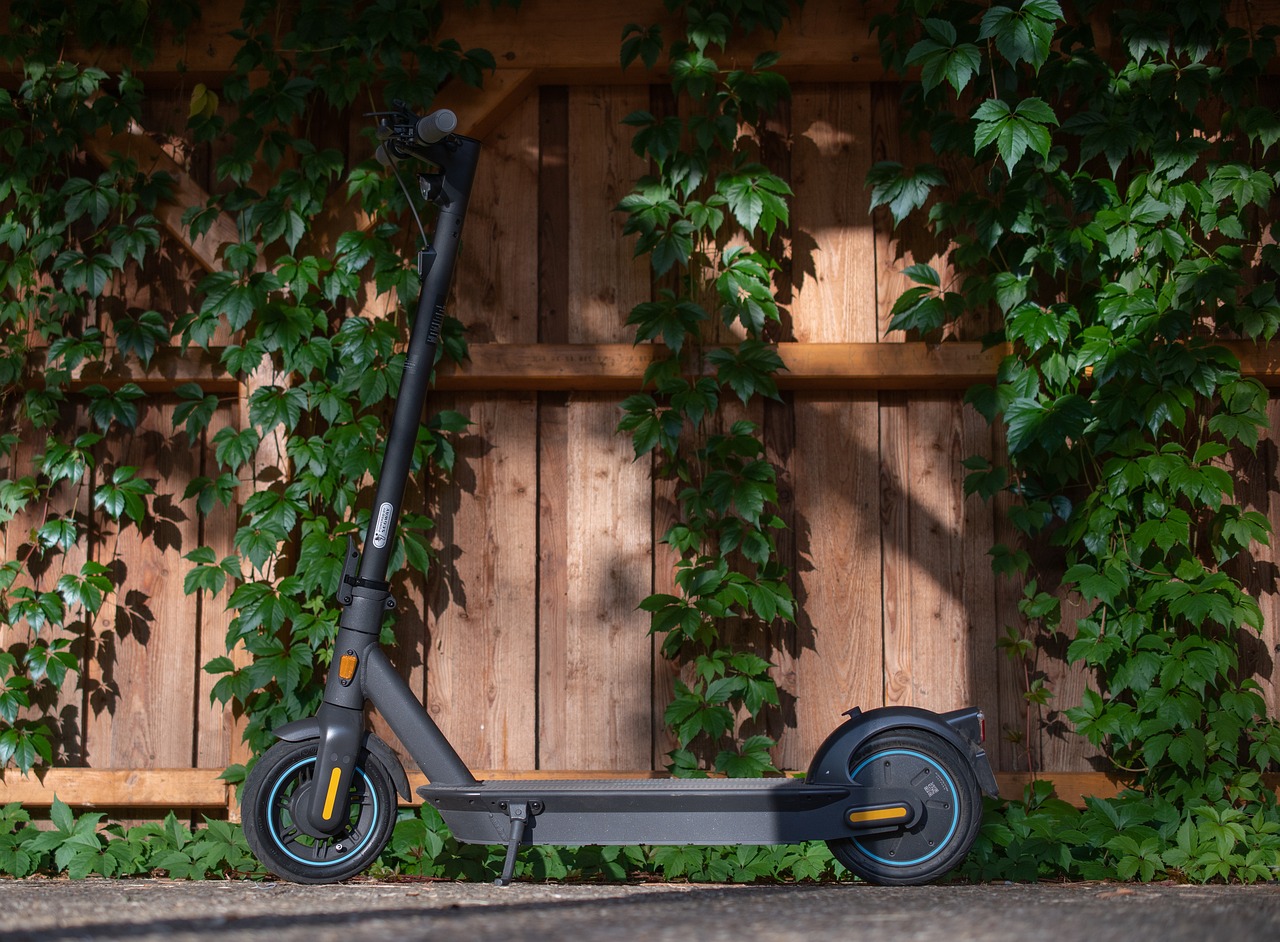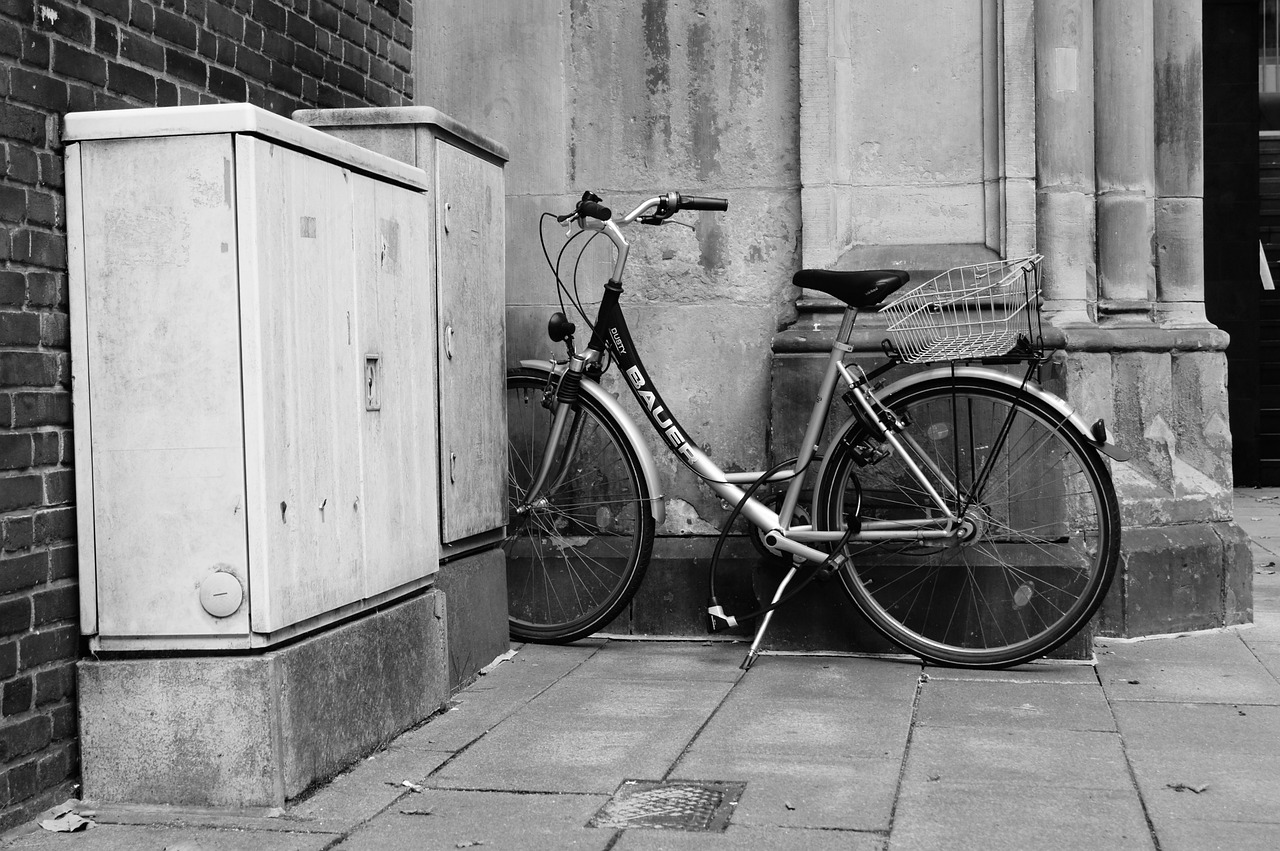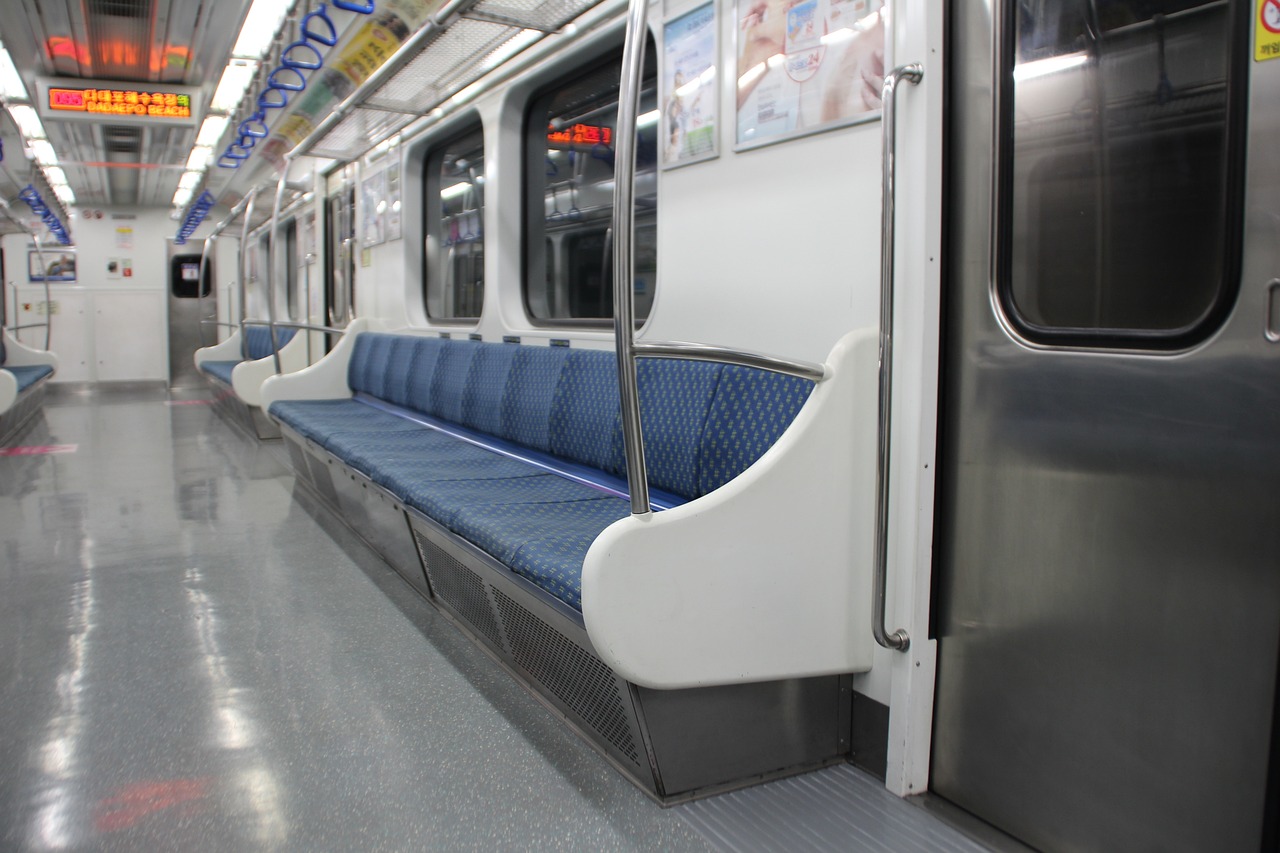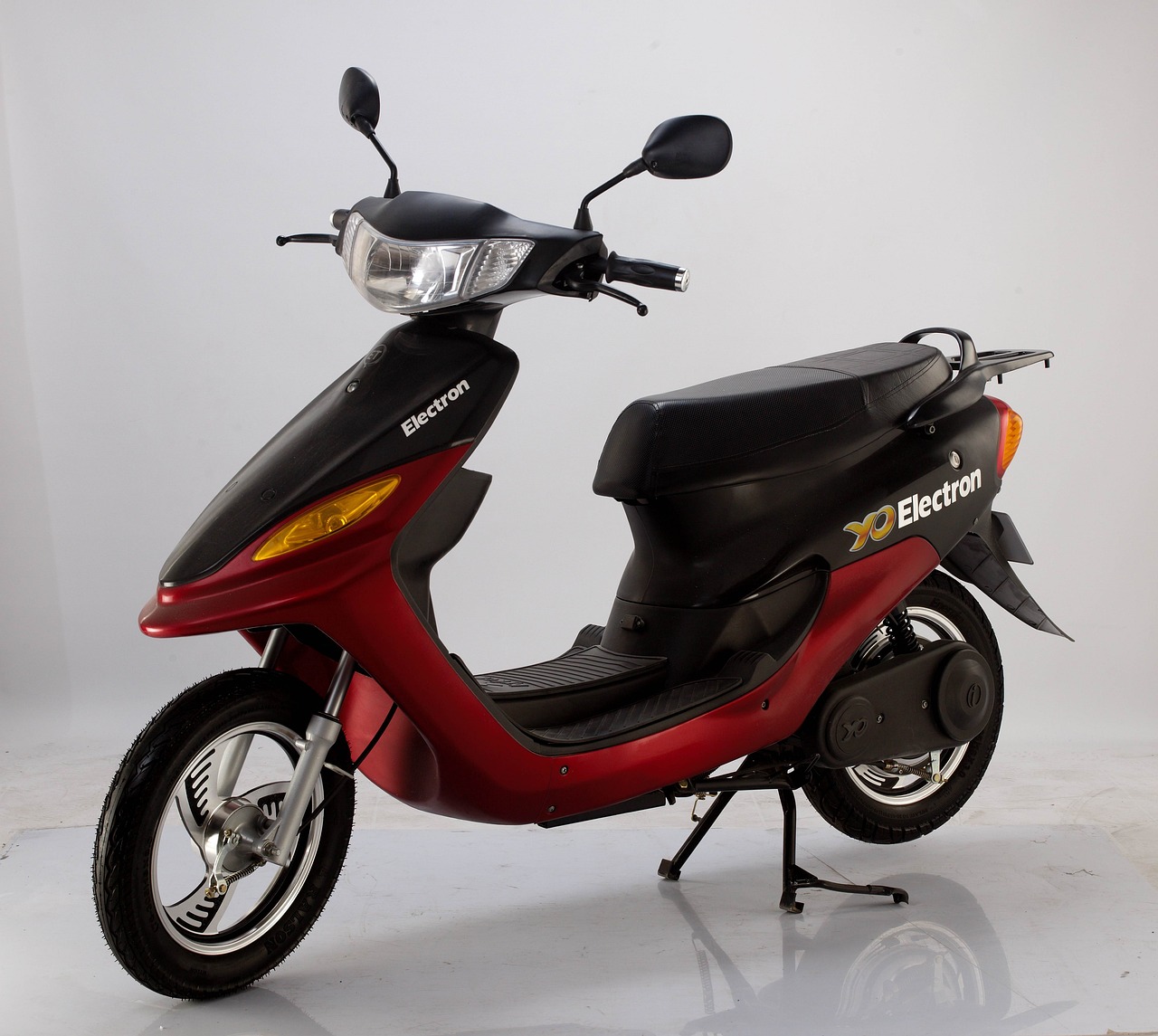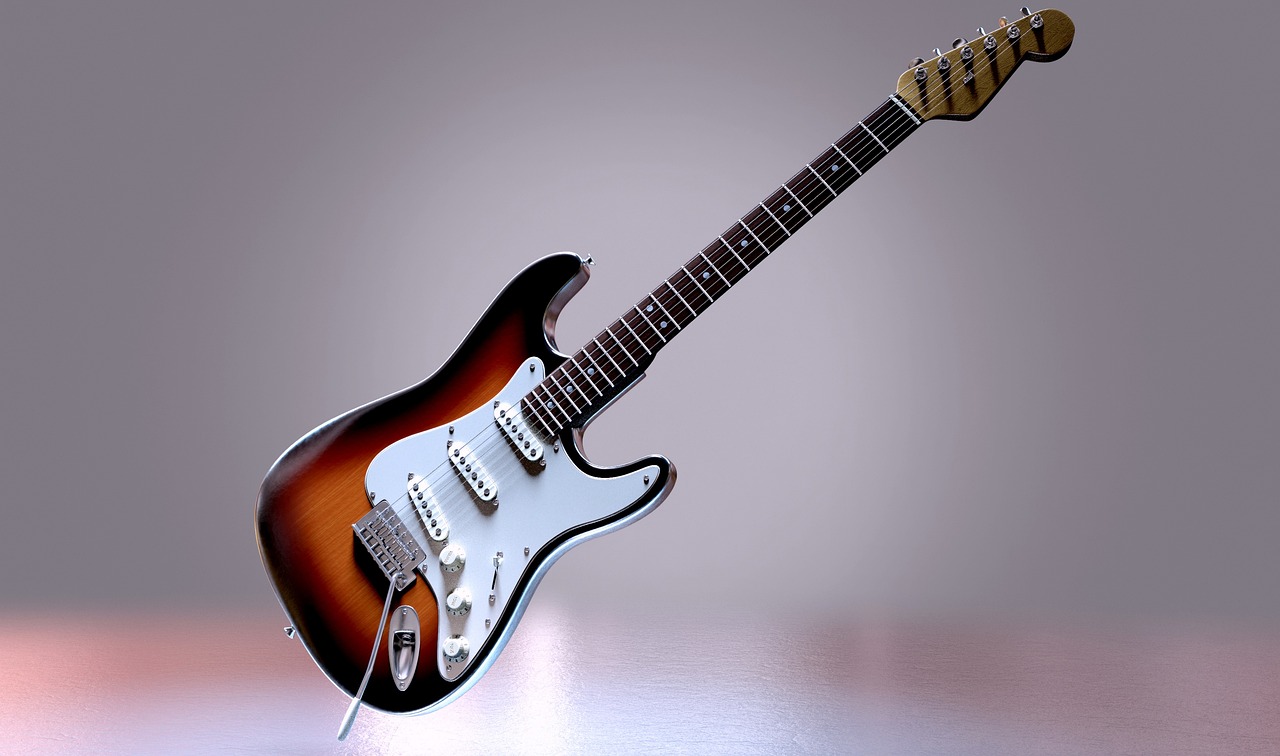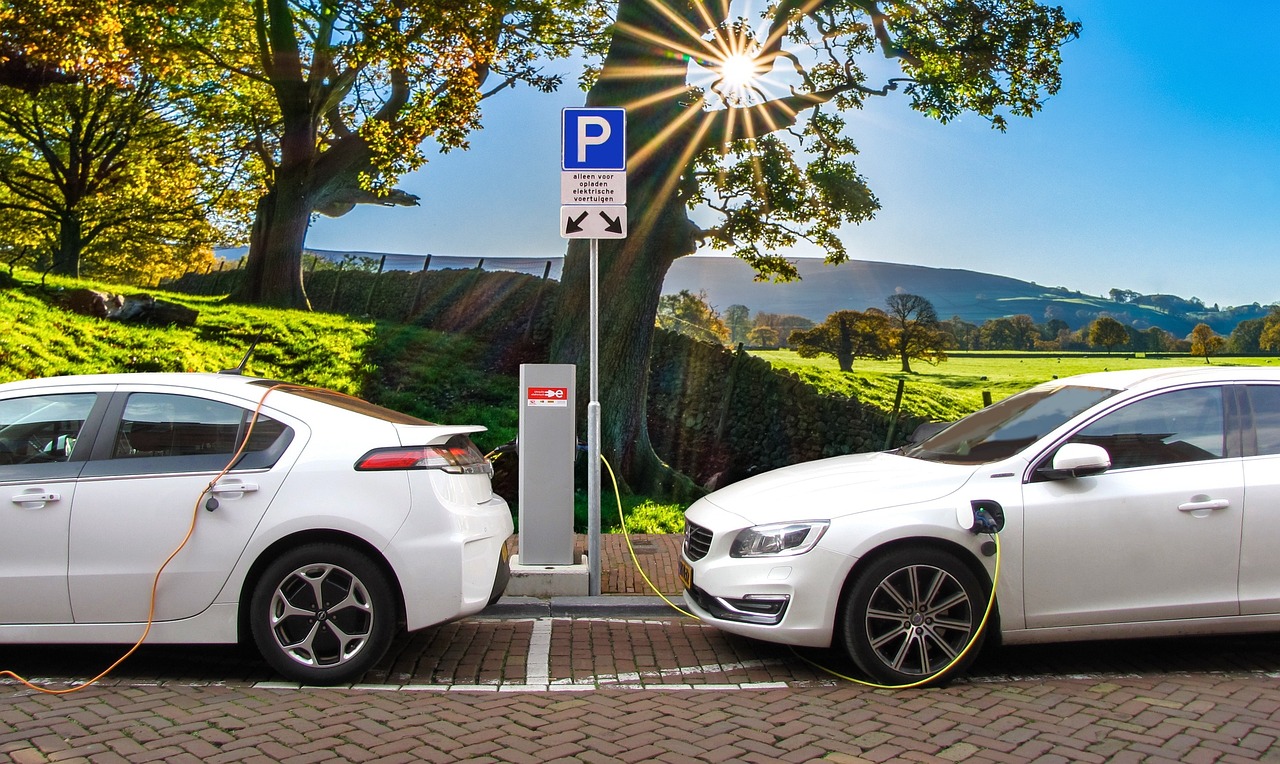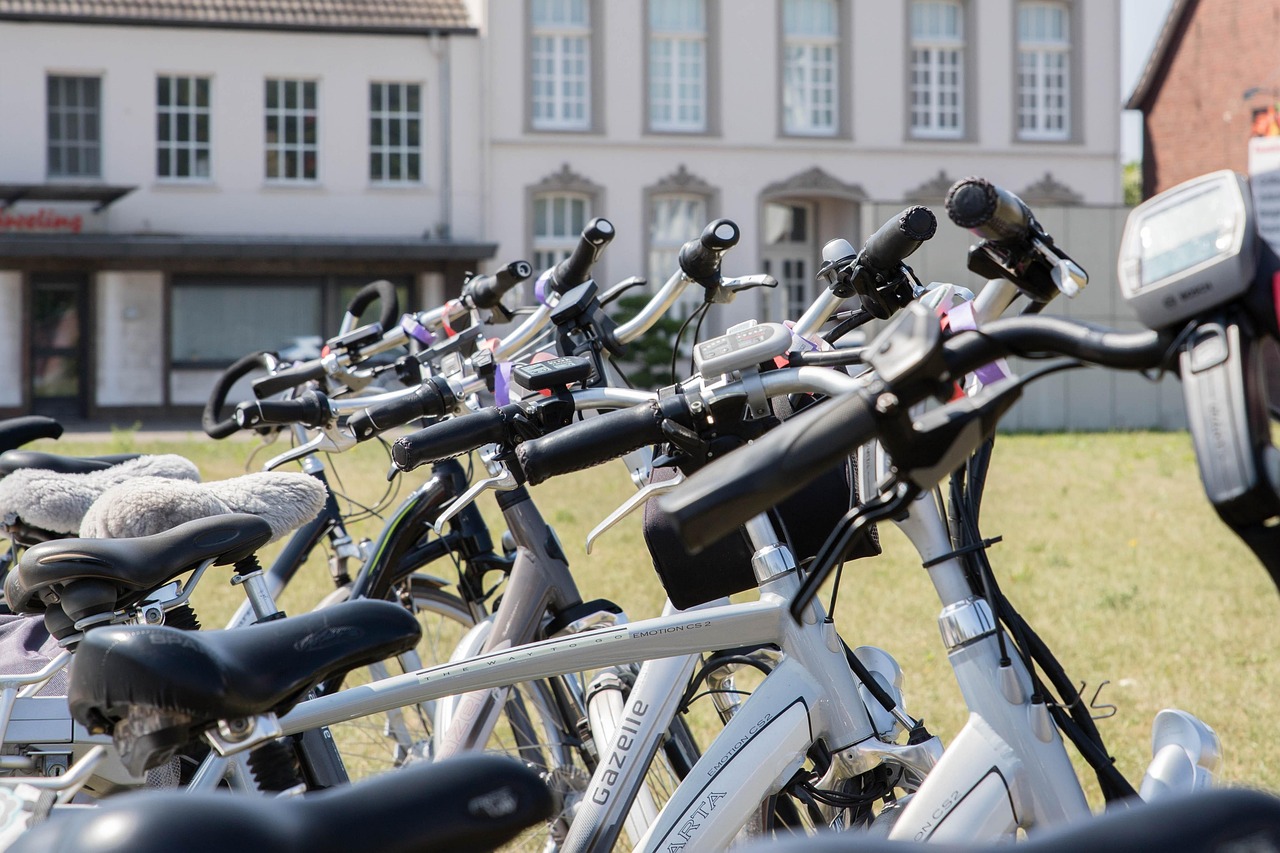This article serves as a comprehensive guide for troubleshooting and repairing common issues with electric bikes. Whether you’re a seasoned e-bike enthusiast or a newcomer, understanding how to address various problems can enhance your riding experience. From battery failures to motor malfunctions, we will delve into practical solutions that can help you keep your electric bike in top shape.
Understanding Electric Bike Components
To effectively repair an electric bike, it’s crucial to understand its main components:
- Battery: Provides the necessary power for the bike.
- Motor: Drives the bike forward.
- Controller: Manages the power distribution.
- Display: Shows important information like speed and battery level.
Common Electric Bike Problems
Electric bikes can encounter various issues, which may include:
- Battery Problems: Reduced range or failure to charge.
- Motor Issues: Unusual noises or lack of power.
- Electrical Failures: Connectivity issues or malfunctioning displays.
Battery Issues
Battery-related problems are among the most common issues faced by electric bike owners. Recognizing the signs of a failing battery, such as decreased range or charging difficulties, is essential for timely repairs. Regular checks can help maintain optimal battery health.
Battery Maintenance Tips
- Follow manufacturer guidelines for charging.
- Store the battery in a cool, dry place.
- Perform regular voltage checks to monitor health.
Motor Troubles
Motor issues can significantly impact performance. Symptoms of motor failure may include:
- Inconsistent power delivery.
- Strange noises while pedaling.
- Overheating during use.
Diagnosing Electrical Issues
Electrical problems can often stem from wiring faults or controller malfunctions. Regularly inspecting wiring connections can prevent failures and ensure a safe ride. If issues persist, consulting a professional may be necessary.
When to Seek Professional Help
While many repairs can be handled independently, some may require professional assistance, especially those involving the motor or electrical systems. If your electric bike is still under warranty, attempting repairs on your own may void it, so always check the terms before proceeding.
By following these guidelines, you can effectively troubleshoot and repair common issues with your electric bike, ensuring a smoother and more enjoyable riding experience.
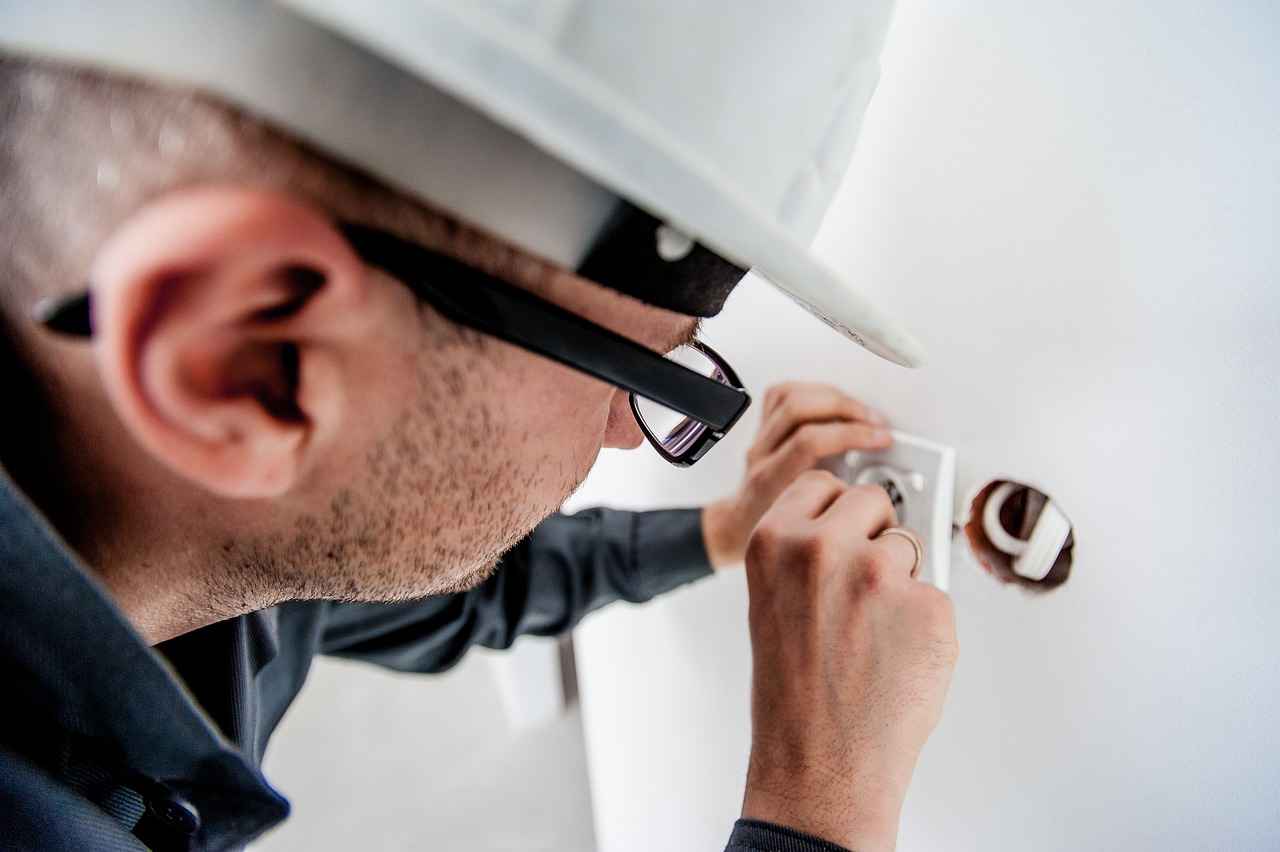
Understanding Electric Bike Components
To effectively repair an electric bike, it is essential to have a comprehensive understanding of its main components. Each part plays a vital role in ensuring the bike operates smoothly and efficiently. Below, we delve into the key components that every electric bike owner should familiarize themselves with:
- Battery: The heart of any electric bike, the battery stores energy that powers the motor. Understanding its capacity, charging cycles, and maintenance can significantly impact the bike’s performance and longevity.
- Motor: This component drives the bike forward. Motors can vary in type and power, affecting acceleration and hill-climbing ability. Knowing the specifications of your motor can help in troubleshooting performance issues.
- Controller: Often referred to as the brain of the e-bike, the controller manages the power flow between the battery and motor. It interprets signals from the display and throttle, making it crucial for overall functionality.
- Display: The display provides the rider with essential information such as speed, battery level, and distance traveled. Familiarity with the display’s features can enhance user experience and assist in monitoring bike performance.
Understanding these components not only aids in troubleshooting common issues but also empowers riders to perform basic maintenance. Regular checks can prevent minor problems from escalating into significant repairs, ensuring a smooth and enjoyable ride.
In conclusion, a solid grasp of electric bike components is fundamental for effective repair and maintenance. Whether you’re a seasoned rider or a newcomer, investing time in understanding these parts can enhance your overall riding experience.

Common Electric Bike Problems
Electric bikes, or e-bikes, have revolutionized the way we commute and explore our surroundings. However, like any technology, they are not exempt from issues. Understanding these common problems can help you maintain your bike’s performance and longevity.
Battery Failures
The battery is the heart of any electric bike. Issues such as reduced range or inability to hold a charge are common indicators of battery failure. Regularly monitoring battery health and following manufacturer guidelines for charging can prevent these issues. If you notice a significant drop in performance, it may be time to consider a replacement.
Motor Problems
Motor malfunctions often manifest as unusual noises or loss of power. These symptoms can indicate wear and tear or internal damage. Conducting regular inspections and ensuring that the motor is clean and well-lubricated can mitigate many of these issues. If problems persist, consulting a professional may be necessary.
Connectivity Issues
Modern electric bikes often come equipped with connectivity features, such as Bluetooth and GPS. However, these systems can sometimes fail. Issues with connectivity can arise from faulty wiring or software glitches. Regularly updating the bike’s firmware and checking connections can help maintain functionality.
Conclusion
Identifying and addressing these common electric bike problems early can prevent further damage and ensure a smooth riding experience. Regular maintenance checks, coupled with an understanding of your bike’s components, will keep your e-bike in optimal condition, allowing you to enjoy every ride.
Battery Issues
are a significant concern for electric bike owners, as they directly affect the bike’s performance and reliability. Understanding these issues is essential for maintaining your e-bike and ensuring a smooth riding experience. In this section, we will delve into the common battery-related problems, their symptoms, and effective solutions.
One of the most prevalent issues is reduced battery range. If you notice that your electric bike doesn’t travel as far on a single charge as it used to, it may indicate that the battery is losing its capacity. This can happen due to age, frequent deep discharges, or exposure to extreme temperatures.
Another common symptom is difficulties in charging. If your battery takes longer than usual to charge or doesn’t charge at all, it could signal a malfunction. Regularly checking the charging port for debris and ensuring that the charger is functioning correctly can help mitigate this issue.
Signs of a failing battery should not be ignored. If you experience overheating during charging or notice a swelling of the battery casing, it’s crucial to stop using the bike and consult a professional. These symptoms can pose safety risks and indicate severe underlying problems.
Battery Maintenance Tips can significantly prolong the lifespan of your e-bike battery. Here are some practical strategies:
- Charge your battery regularly and avoid letting it drop below 20% capacity.
- Store the battery in a cool, dry place to prevent damage from extreme temperatures.
- Follow the manufacturer’s guidelines for charging and maintenance.
In conclusion, being proactive about battery care can enhance performance and extend the life of your electric bike. Regular maintenance and awareness of the signs of battery issues are key to enjoying a reliable and efficient riding experience.
Signs of a Failing Battery
Recognizing the signs of a failing battery is crucial for maintaining the performance and safety of your electric bike. As the battery ages or encounters issues, its ability to hold a charge diminishes, leading to various operational problems. Here are some key indicators to watch for:
- Reduced Range: If you notice that your bike doesn’t travel as far on a full charge as it used to, this could be a sign of battery degradation. A significant drop in range indicates that the battery may not be able to store energy effectively.
- Difficulty Charging: If your battery struggles to charge or takes significantly longer than usual to reach full capacity, it may be time to assess its health. Frequent interruptions during charging can also signal underlying issues.
- Overheating: An overheating battery during charging or usage can be a serious warning sign. This can indicate internal damage or a malfunctioning battery management system, which requires immediate attention.
- Swelling or Physical Damage: If you observe any physical changes in the battery, such as swelling or leaks, discontinue use immediately. These symptoms can pose safety hazards and indicate a complete battery failure.
- Battery Warning Lights: Many electric bikes come equipped with display panels that show battery status. If warning lights activate, it is essential to investigate further and potentially replace the battery.
To maintain optimal battery health, conduct regular checks and follow recommended charging practices. It’s also advisable to store your battery in a cool, dry place to prevent temperature-related issues. By being proactive and recognizing these signs early, you can ensure timely repairs and prolong the life of your electric bike’s battery.
Battery Maintenance Tips
Maintaining the health of your electric bike’s battery is crucial for ensuring its longevity and optimal performance. Here are some essential tips to keep your battery in excellent condition:
- Regular Charging Practices: Always follow the manufacturer’s recommendations for charging. Avoid letting the battery fully deplete before recharging, as this can shorten its lifespan. Aim to recharge when the battery level drops to around 20%.
- Temperature Management: Batteries are sensitive to temperature extremes. Store your electric bike in a cool, dry place, ideally between 32°F and 77°F (0°C to 25°C). Avoid exposing the battery to direct sunlight or freezing temperatures.
- Periodic Maintenance Checks: Regularly inspect the battery for any signs of wear or damage. Look for swelling, corrosion on terminals, or any unusual smells. If you notice any of these issues, consult a professional for further assessment.
- Use the Right Charger: Always use the charger specified by the manufacturer. Using an incorrect charger can lead to overcharging or undercharging, which can damage the battery.
- Keep Connections Clean: Ensure that all connections are clean and free from dirt or corrosion. Regularly wipe the terminals with a clean, dry cloth to maintain a good connection and enhance performance.
- Store Properly: If you plan to store your electric bike for an extended period, charge the battery to about 50% and disconnect it from the bike. This helps prevent deep discharge and prolongs battery life.
By following these , you can significantly enhance the longevity and performance of your electric bike’s battery. Remember, a well-maintained battery not only improves your riding experience but also saves you from costly replacements in the future.
Motor Troubles
Motor issues are among the most critical challenges faced by electric bike owners, as they can significantly affect the overall performance and reliability of the bike. Understanding the common symptoms of motor failure is essential for timely repairs or replacements, ensuring that riders can enjoy a smooth and efficient ride.
One of the first signs of motor trouble is reduced power output. If you notice that your bike struggles to reach its usual speed or requires more effort to pedal, this could indicate a failing motor. Additionally, unusual noises, such as grinding or rattling sounds, can signal internal damage or wear within the motor components.
Another symptom to watch for is inconsistent performance. If your bike’s motor intermittently cuts out or fails to engage, it may be experiencing electrical issues or a malfunctioning controller. Regularly monitoring your bike’s performance can help identify these problems early on.
- Common Symptoms of Motor Failure:
- Reduced power output
- Unusual noises during operation
- Inconsistent performance or power cutouts
- Overheating of the motor
To address motor issues effectively, begin by conducting a thorough inspection of the motor and its connections. Ensure that all wiring is secure and free from damage. If you suspect that the motor itself is failing, consider consulting a professional technician for further diagnosis and repair options.
In conclusion, being aware of the signs of motor troubles can help electric bike owners take prompt action to restore their bike’s performance. Regular maintenance and inspections can prevent these issues from escalating, allowing for a safer and more enjoyable riding experience.

Diagnosing Electrical Issues
in electric bikes is a crucial skill for any e-bike owner. These issues can arise from various sources, including wiring faults and controller malfunctions. Understanding how to identify and address these problems can lead to more efficient repairs and a smoother riding experience.
Electrical problems can manifest in several ways, affecting the bike’s performance and safety. Below are some common issues and methods for diagnosing them:
- Wiring Faults: Loose, frayed, or corroded wires can disrupt the flow of electricity. Regularly inspect wiring connections, particularly at junction points and near the battery.
- Controller Malfunctions: The controller acts as the central hub for the electrical system. If the bike fails to respond to throttle inputs or exhibits erratic behavior, the controller may be at fault. Check for error codes on the display, which can indicate specific issues.
- Sensors and Connections: Faulty sensors can lead to performance issues. Ensure that all sensors are clean and properly connected. A malfunctioning pedal-assist sensor, for instance, can cause the motor to behave unpredictably.
Steps to Diagnose Electrical Issues:
- Visual Inspection: Start with a thorough visual check of all electrical components. Look for signs of wear, damage, or corrosion.
- Test Connections: Use a multimeter to test voltage at various points. This helps identify where the electrical flow may be interrupted.
- Check Error Codes: If your e-bike has a display, refer to the user manual for error codes that can guide you to the specific issue.
By being proactive in diagnosing electrical issues, you can save time and money on repairs while ensuring your electric bike remains safe and reliable. Always remember that if you’re unsure about any aspect of the diagnosis or repair, consulting a professional is a wise choice.
Checking Wiring Connections
is an essential part of maintaining your electric bike. The performance and safety of your e-bike heavily rely on the integrity of its electrical connections. Over time, vibrations and environmental factors can cause wiring connections to become loose or damaged, leading to significant performance issues.
When wiring connections are not secure, it can result in intermittent power loss, erratic behavior of the motor, or even complete failure to start. Therefore, it is crucial to regularly inspect these connections to ensure they are tight and free from corrosion.
- Visual Inspection: Start by visually examining all wiring connections for any signs of wear, fraying, or corrosion. Look for any exposed wires that may pose a safety hazard.
- Check for Tightness: Gently tug on the connectors to ensure they are firmly attached. If they feel loose, it’s time to secure them properly.
- Use the Right Tools: Utilize appropriate tools like pliers or screwdrivers to tighten connections without causing damage to the wiring.
- Inspect for Damage: If you notice any damaged wires or connectors, consider replacing them immediately to avoid further complications.
In addition to regular checks, it’s advisable to maintain a clean environment for your bike’s electrical components. Dirt and moisture can accelerate deterioration, so keeping these areas clean will enhance the longevity of the wiring.
In conclusion, taking the time to regularly check and secure wiring connections can greatly reduce the risk of electrical failures and ensure a safe and enjoyable ride. By adopting a proactive approach to maintenance, you can enhance the overall performance and reliability of your electric bike.
Controller Malfunctions
The controller of an electric bike acts as its central processing unit, regulating power flow and coordinating the bike’s various components. When the controller malfunctions, it can lead to a range of issues that disrupt the entire system, affecting everything from speed to battery efficiency. Understanding these common controller problems is essential for effective troubleshooting and repair.
One of the most frequent symptoms of a malfunctioning controller is inconsistent power delivery. Riders may notice that the bike suddenly loses power or that the motor hesitates during acceleration. This inconsistency can stem from faulty wiring or internal component failure within the controller itself. Regularly checking the wiring connections and ensuring they are secure can help prevent these issues.
Another common issue is error codes displayed on the bike’s control panel. These codes can indicate specific malfunctions within the controller, such as overheating or communication errors with the motor. Familiarizing yourself with the manufacturer’s error code guide can help in diagnosing the problem effectively.
In some cases, the controller may simply require a reset. Power cycling the bike by turning it off and on again can sometimes resolve temporary glitches. If problems persist, it may be necessary to reprogram the controller, which can usually be done with specialized software provided by the manufacturer.
Lastly, a complete controller failure is a more severe issue that may require replacement. Signs of complete failure include a total loss of power or inability to engage the motor. In such cases, consulting a professional technician is advisable to ensure a proper diagnosis and replacement.
By understanding these common controller malfunctions, electric bike owners can take proactive steps to troubleshoot issues effectively, ensuring a smoother and more reliable riding experience.

Maintaining Your Electric Bike
Regular maintenance is crucial for ensuring the optimal performance and longevity of your electric bike. Just like any other vehicle, e-bikes require consistent care to prevent issues that could lead to costly repairs or unsafe riding conditions. By establishing a solid maintenance routine, you can save both time and money in the long run.
Why Maintenance Matters
Electric bikes are composed of various intricate components, including the battery, motor, and electrical systems. Each part plays a vital role in the bike’s overall functionality. Neglecting maintenance can lead to a decline in performance, reduced battery life, and even safety hazards. Regularly scheduled maintenance checks can help identify potential problems before they escalate, ensuring a smoother and safer ride.
Creating a Maintenance Routine
- Weekly Checks: Inspect your bike for any visible wear and tear. Look for loose bolts, frayed wires, or signs of corrosion.
- Monthly Maintenance: Clean the bike thoroughly, paying special attention to the drivetrain and electrical components. Lubricate moving parts to reduce friction and wear.
- Battery Care: Follow the manufacturer’s guidelines for charging and storing your battery. Regularly check for any signs of swelling or damage.
Benefits of Regular Maintenance
Establishing a routine not only prevents issues but also enhances the overall riding experience. A well-maintained electric bike can offer:
- Improved performance and efficiency
- Extended lifespan of components
- Increased safety for the rider
Conclusion
In conclusion, the importance of regular maintenance for your electric bike cannot be overstated. By dedicating time to routine checks and care, you can enjoy a reliable and efficient ride for years to come. Remember, a proactive approach to maintenance is the key to preventing issues and ensuring a long-lasting electric bike experience.
Regular Inspections
Conducting of your electric bike is a crucial practice that can significantly enhance your riding experience. By routinely checking various components, you can identify potential issues before they escalate into serious problems. This proactive approach not only ensures a safer ride but also extends the lifespan of your e-bike.
- Battery Condition: Regularly check the battery for any signs of wear or damage. Look for swelling, corrosion, or leakage, which can indicate a failing battery.
- Motor Functionality: Listen for unusual noises while riding, as these could be signs of motor issues. Ensure that the motor engages smoothly without any jerks.
- Wiring and Connections: Inspect all wiring for frays or loose connections. A simple visual check can prevent electrical failures that could disrupt your ride.
- Tire Pressure: Maintaining the correct tire pressure is essential for safety and performance. Check your tires regularly to ensure they are properly inflated.
Incorporating these inspections into your regular maintenance routine can help you catch minor issues early on. For instance, if you notice that your bike struggles to gain speed, it could be a sign of a battery issue or motor malfunction. Addressing these problems promptly can prevent more extensive repairs down the line.
Moreover, keeping a log of your inspections can help track performance trends over time. This data can be invaluable when troubleshooting issues or discussing problems with a professional technician.
In conclusion, are not just about identifying problems; they are about enhancing your overall riding experience. By taking the time to conduct thorough checks, you ensure that your electric bike remains in optimal condition, allowing you to enjoy every ride with peace of mind.
Cleaning and Lubrication
are essential aspects of maintaining your electric bike for optimal performance and longevity. Just like any other mechanical device, electric bikes require regular care to ensure that all components function smoothly and efficiently.
Regular cleaning not only enhances the appearance of your bike but also prevents the accumulation of dirt and grime, which can lead to corrosion and damage over time. A clean bike is less prone to mechanical issues, allowing for a safer and more enjoyable ride.
- Importance of Cleaning: Keeping your bike free of dirt and debris is vital. Dirt buildup can affect the performance of the brakes, gears, and other components, leading to potential safety hazards.
- Recommended Cleaning Frequency: It’s advisable to clean your bike after every few rides, especially if you frequently ride in muddy or wet conditions.
- Cleaning Tools: Use a soft brush, sponge, and biodegradable soap to clean your bike. Avoid using high-pressure water jets as they can force water into sensitive areas.
In addition to cleaning, lubrication plays a critical role in maintaining your electric bike’s performance. Proper lubrication reduces friction between moving parts, minimizing wear and tear and extending the life of components such as the chain, gears, and brakes.
- Types of Lubricants: Use bike-specific lubricants that are designed for different conditions—wet lubes for rainy weather and dry lubes for dry, dusty conditions.
- Lubrication Frequency: It’s best to lubricate your bike’s chain and moving parts every few rides, or more frequently if you ride in harsh conditions.
- Application Tips: Apply lubricant sparingly and wipe off any excess to prevent attracting dirt.
In conclusion, maintaining a routine of is crucial for the performance and longevity of your electric bike. By taking the time to care for your bike, you can enjoy a smoother ride and prevent costly repairs down the line.

When to Seek Professional Help
When it comes to maintaining your electric bike, knowing when to seek professional help is crucial. While many issues can be resolved independently with a bit of troubleshooting and basic repair skills, there are certain situations where the expertise of a technician is indispensable. Understanding these scenarios can save you time, prevent further damage, and ensure that your bike is functioning safely and efficiently.
Identifying Complex Issues
Some problems, particularly those related to the motor or electrical systems, can be quite complex. If you notice symptoms like unusual noises, erratic behavior, or complete system failures, it may be time to consult a professional. Attempting to fix these issues without proper knowledge can lead to more extensive damage and costly repairs.
Warranty Considerations
If your electric bike is still under warranty, it’s essential to understand the terms and conditions associated with it. Many manufacturers stipulate that performing unauthorized repairs can void the warranty. Therefore, if your bike is experiencing significant issues, contacting the manufacturer or an authorized service center is the safest approach.
Safety First
Electric bikes can pose safety risks if not maintained properly. If you are unsure about the repair process or feel uncomfortable addressing a specific issue, it is always better to err on the side of caution. Safety should be your top priority, and professional technicians are trained to handle repairs safely and effectively.
Conclusion
In summary, while many electric bike repairs can be tackled independently, knowing when to seek professional assistance is vital. Whether it’s a complex repair, warranty concern, or safety issue, consulting a technician can provide peace of mind and ensure your bike remains in optimal condition. Regular maintenance and timely professional help can significantly extend the lifespan of your electric bike.
Complex Repairs
in electric bikes can often be daunting, especially for those who are not well-versed in the intricacies of their components. While many issues can be tackled with a bit of DIY spirit, certain repairs require a higher level of expertise and should be left to professionals.
One of the most critical areas requiring expert attention is the motor system. The motor is the heart of an electric bike, providing the necessary power to propel the bike forward. If you notice unusual noises, a lack of responsiveness, or overheating, it is essential to consult a professional. These symptoms could indicate underlying issues that, if not addressed correctly, can lead to more significant damage.
Another complex area often overlooked is the electrical system. This includes the wiring, controller, and battery connections. Electrical faults can be tricky to diagnose without the right tools and knowledge. If your bike experiences intermittent power loss or erratic behavior, it may be time to seek professional help. An expert can accurately identify wiring issues or controller malfunctions that could pose safety risks.
Additionally, if your bike is still under warranty, attempting to perform these complex repairs yourself may void the warranty. Understanding the terms of your warranty is crucial before making any significant alterations or repairs. A professional technician can not only fix the issues but also ensure that your warranty remains intact.
In conclusion, while the DIY approach can be rewarding for minor repairs, it is vital to recognize when a problem is beyond your skill level. Seeking professional help for complex repairs not only guarantees that the work is done correctly but also enhances your safety and the longevity of your electric bike.
Warranty Considerations
When it comes to electric bikes, understanding the warranty terms is essential for every owner. If your electric bike is still under warranty, attempting repairs on your own may void it. This can lead to significant financial implications, especially if your bike requires costly repairs later on. Therefore, it is crucial to familiarize yourself with the specific warranty details provided by the manufacturer before undertaking any significant repairs.
Most warranties cover manufacturing defects and specific components for a certain period. However, they often include clauses that state that any unauthorized repairs or modifications can result in the warranty being voided. This means that if you attempt to fix a problem and inadvertently cause further damage, you may be left with the full cost of repairs.
Before attempting any repairs, consider the following:
- Read the Warranty Document: Take the time to thoroughly read the warranty document that came with your electric bike. Look for sections that discuss repairs and modifications.
- Contact Customer Support: If you are unsure about any aspect of your warranty, reach out to the manufacturer’s customer support. They can provide clarity on what actions may void your warranty.
- Document Everything: Keep a record of any repairs performed, whether by you or a professional. This documentation can be important if you need to make a warranty claim in the future.
In conclusion, while the DIY approach can be tempting, it is essential to weigh the risks involved with your electric bike’s warranty. Always prioritize understanding your warranty terms and consult with professionals for any repairs that could jeopardize your coverage.
Frequently Asked Questions
- What are the common signs of a failing electric bike battery?
Common signs include reduced range, difficulty charging, and the battery not holding a charge. If you notice these issues, it’s time to investigate further!
- How can I maintain my electric bike battery for better longevity?
Regular charging practices, avoiding extreme temperatures, and following the manufacturer’s guidelines can significantly enhance your battery’s lifespan. Think of it as giving your battery a spa day!
- When should I seek professional help for my electric bike?
If you’re facing complex repairs, especially with the motor or electrical systems, it’s best to consult a technician. They have the expertise to handle these tricky situations safely.
- How often should I inspect my electric bike?
Regular inspections are key! Aim for at least once a month to catch potential issues before they become major problems. It’s like a routine check-up for your bike!
- Can I clean my electric bike myself?
Absolutely! Keeping your bike clean is vital for optimal performance. Just make sure to avoid getting water in the electrical components!





